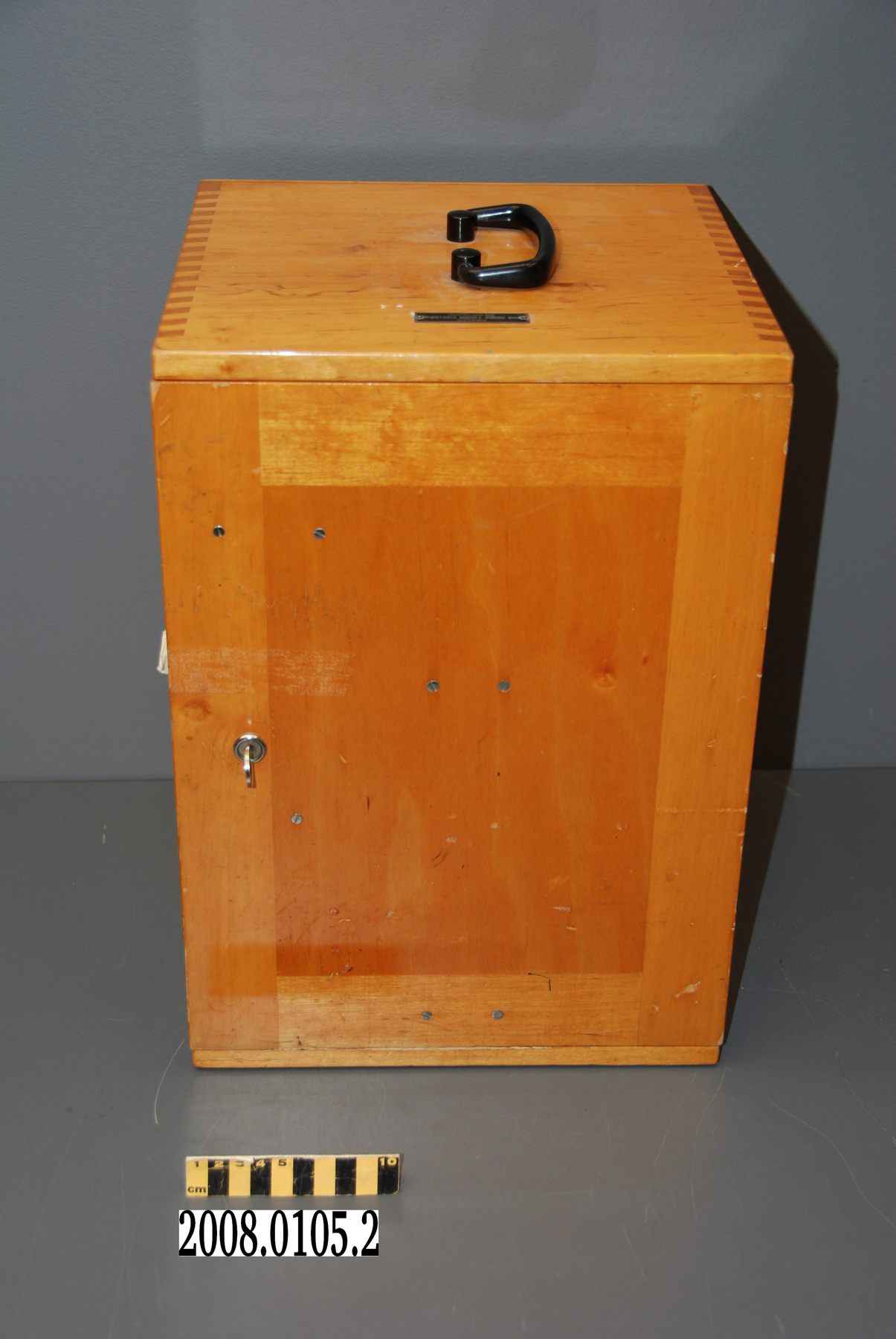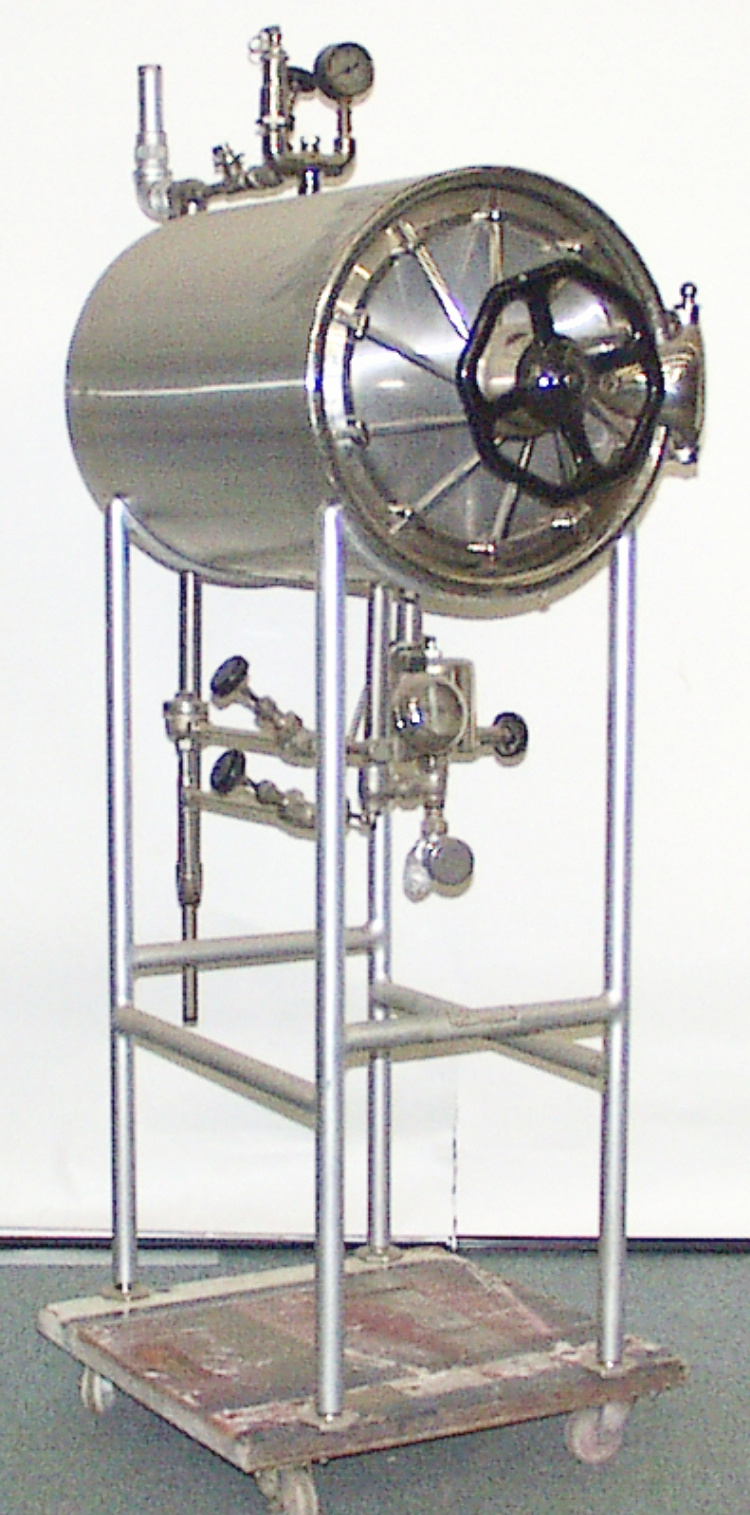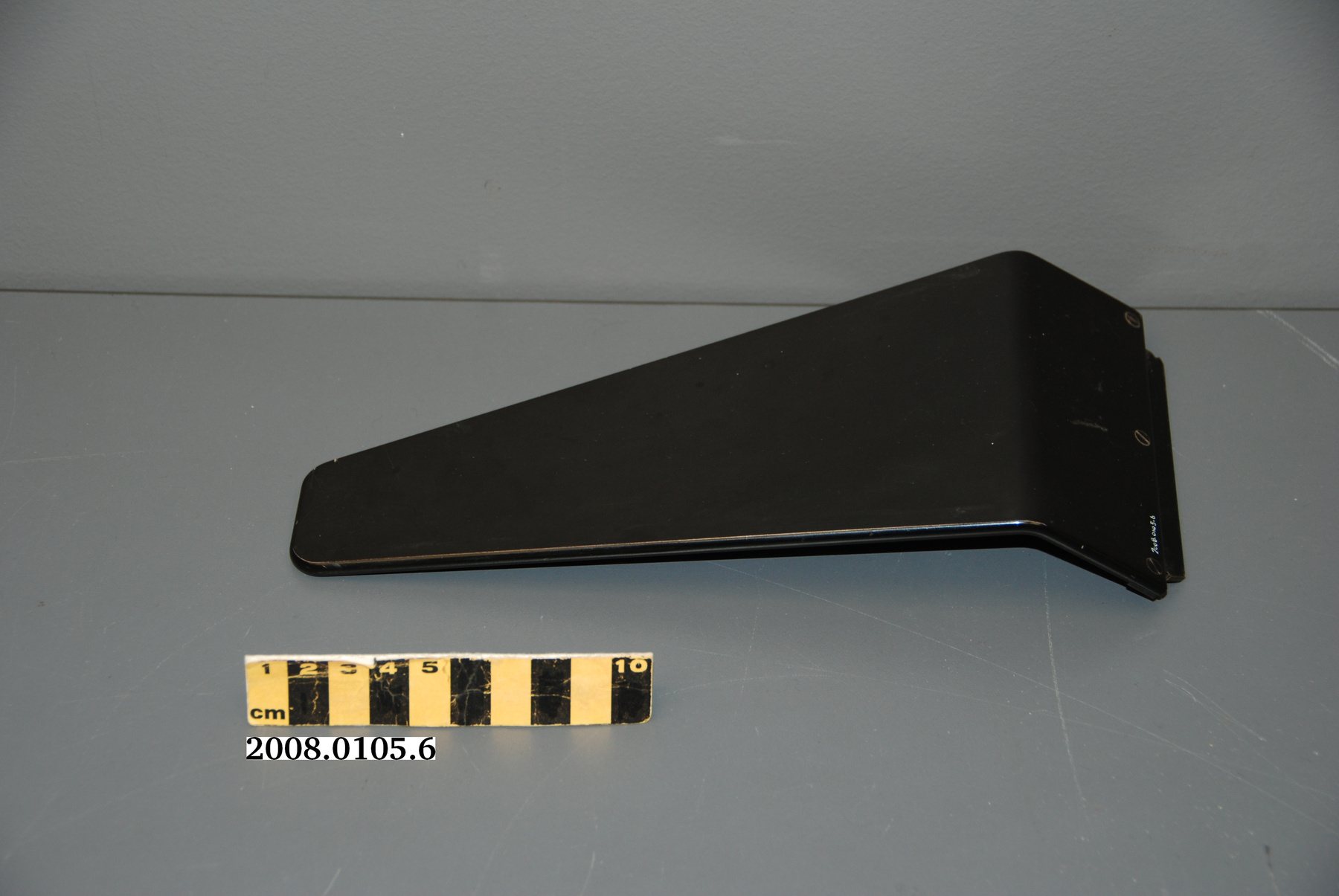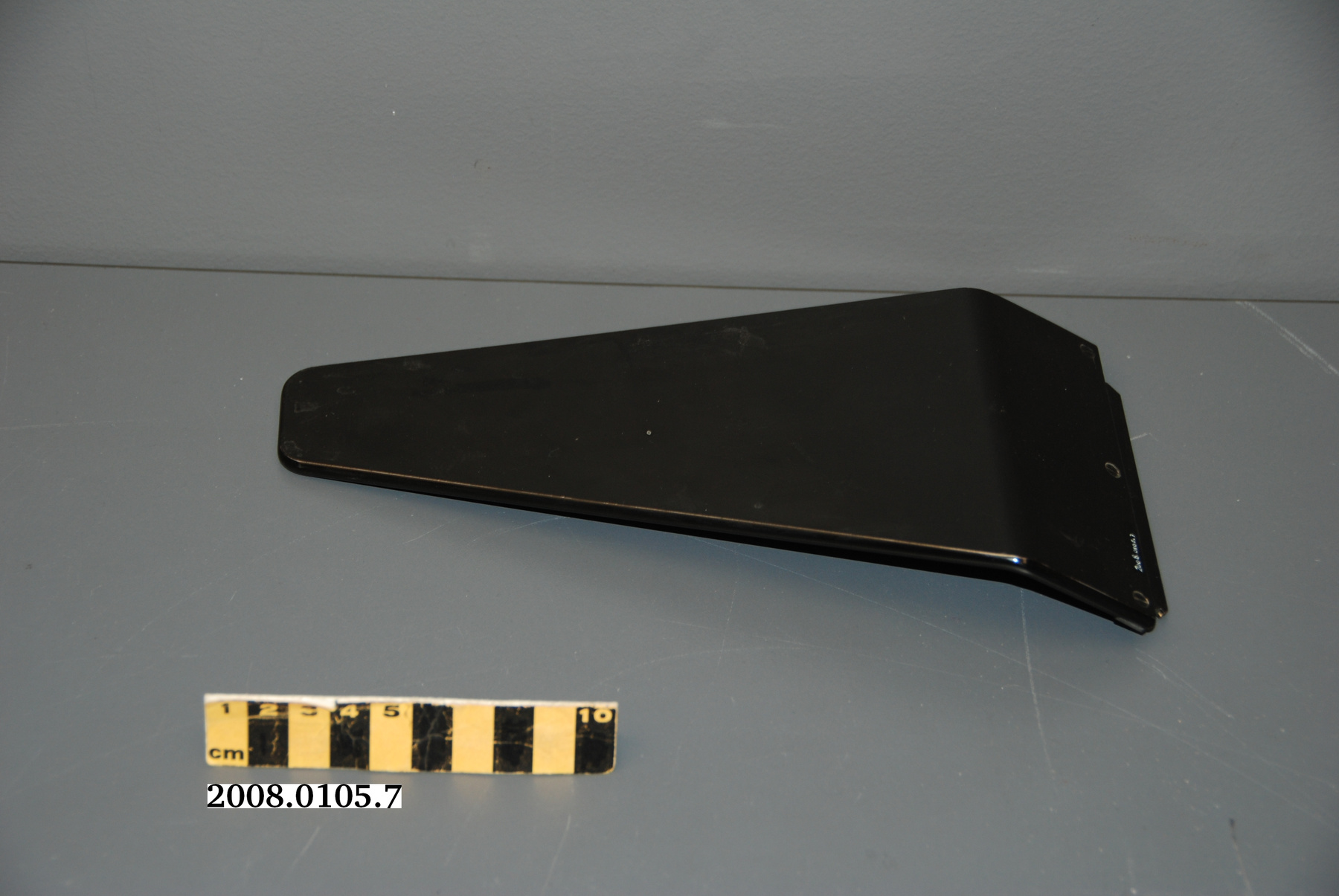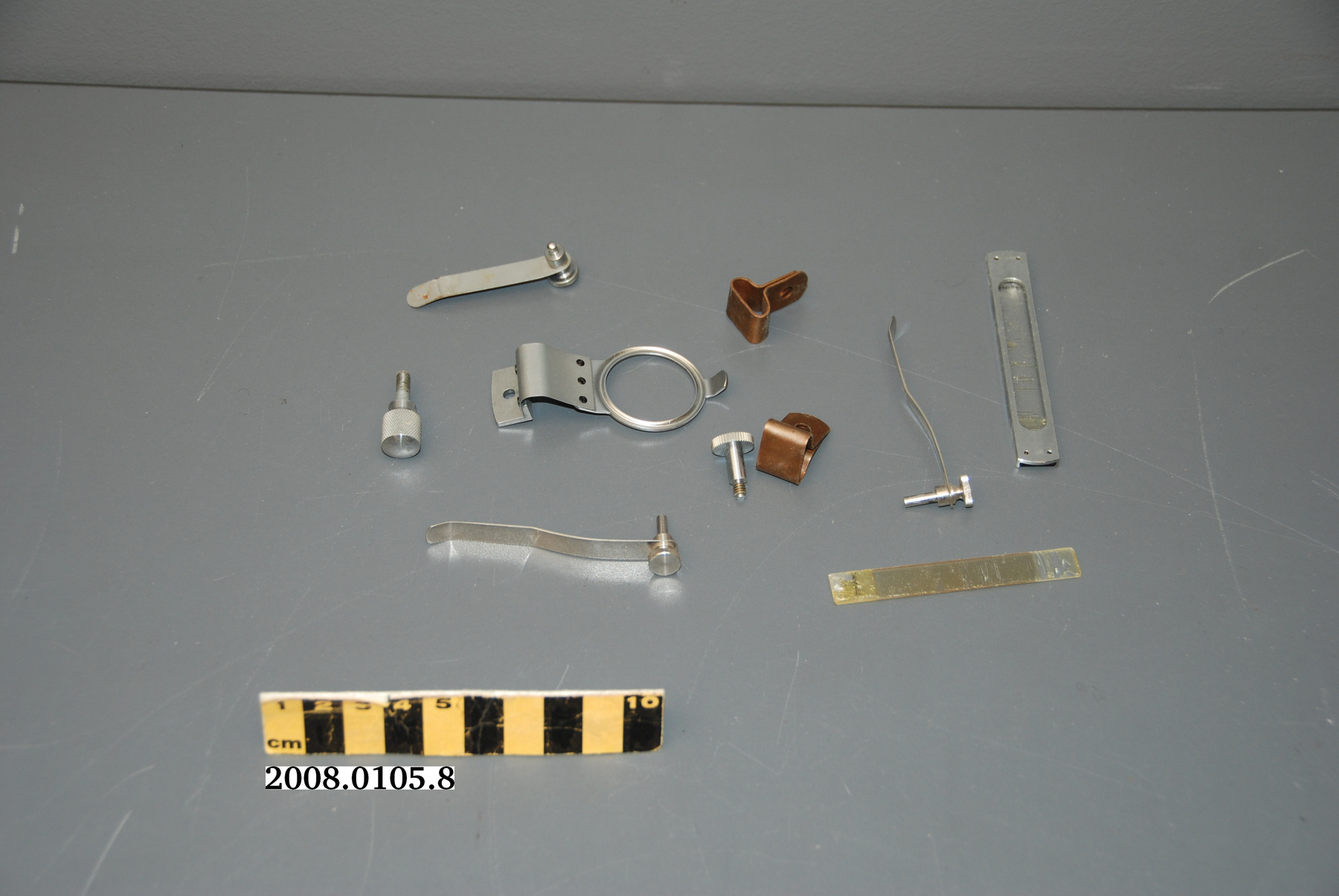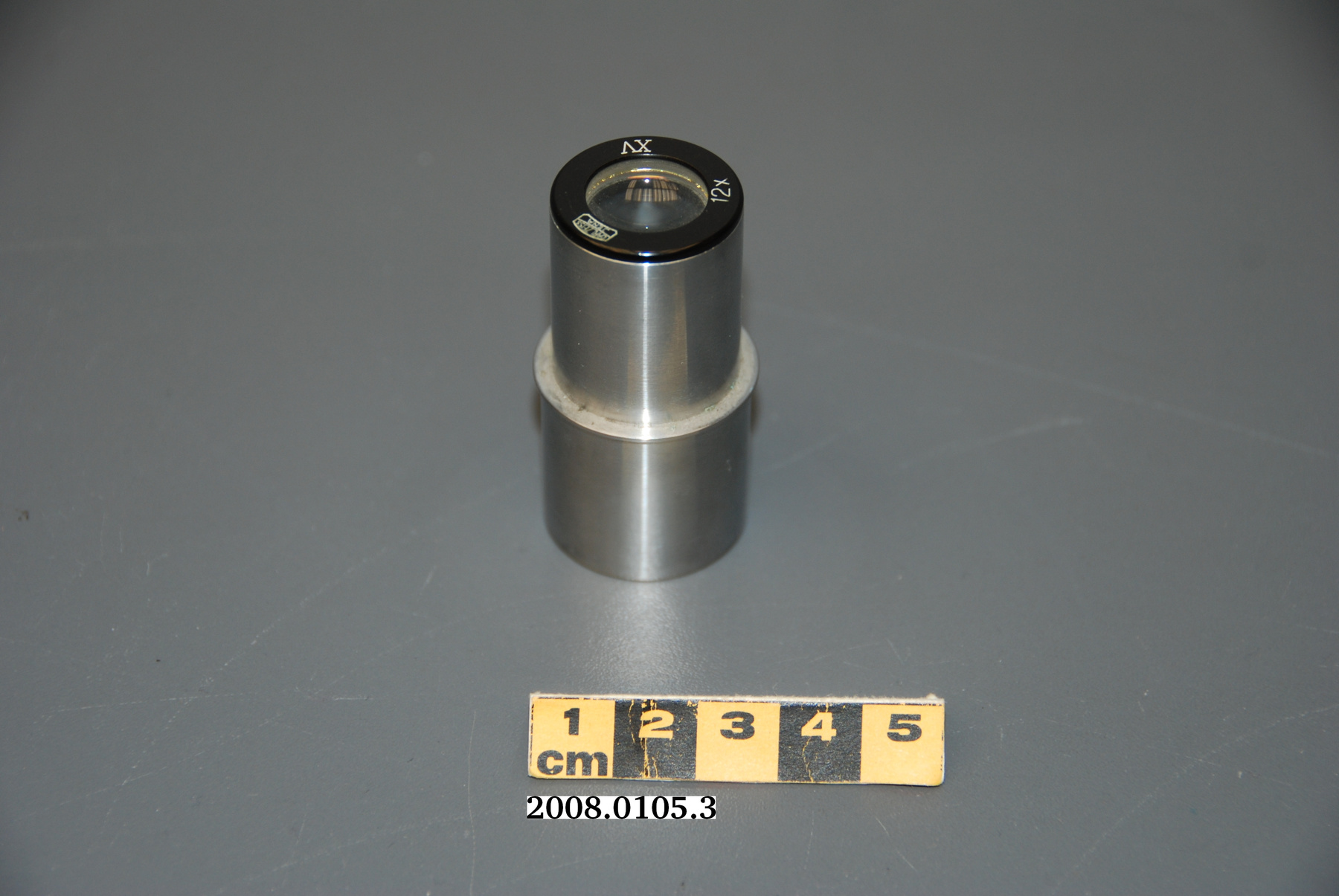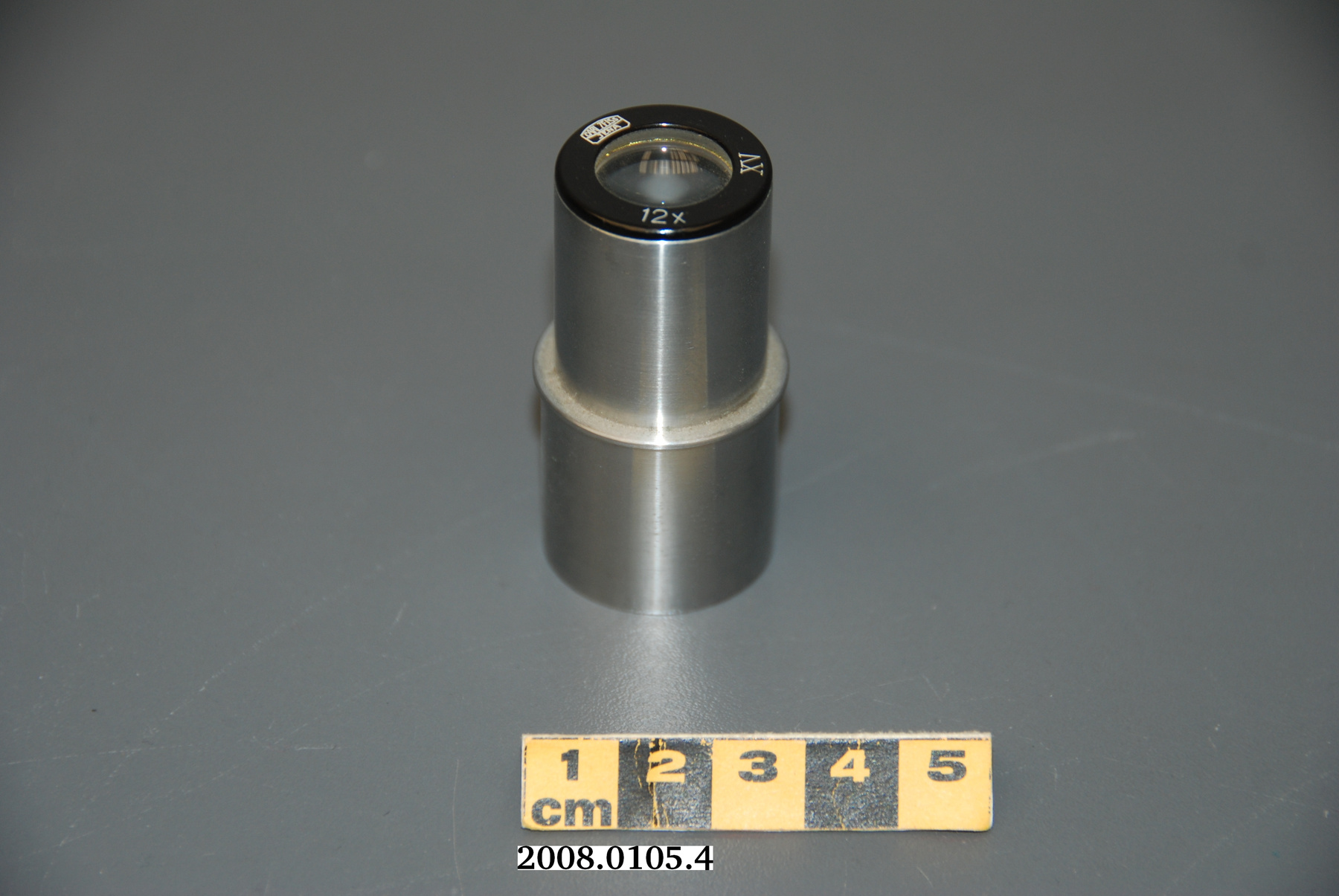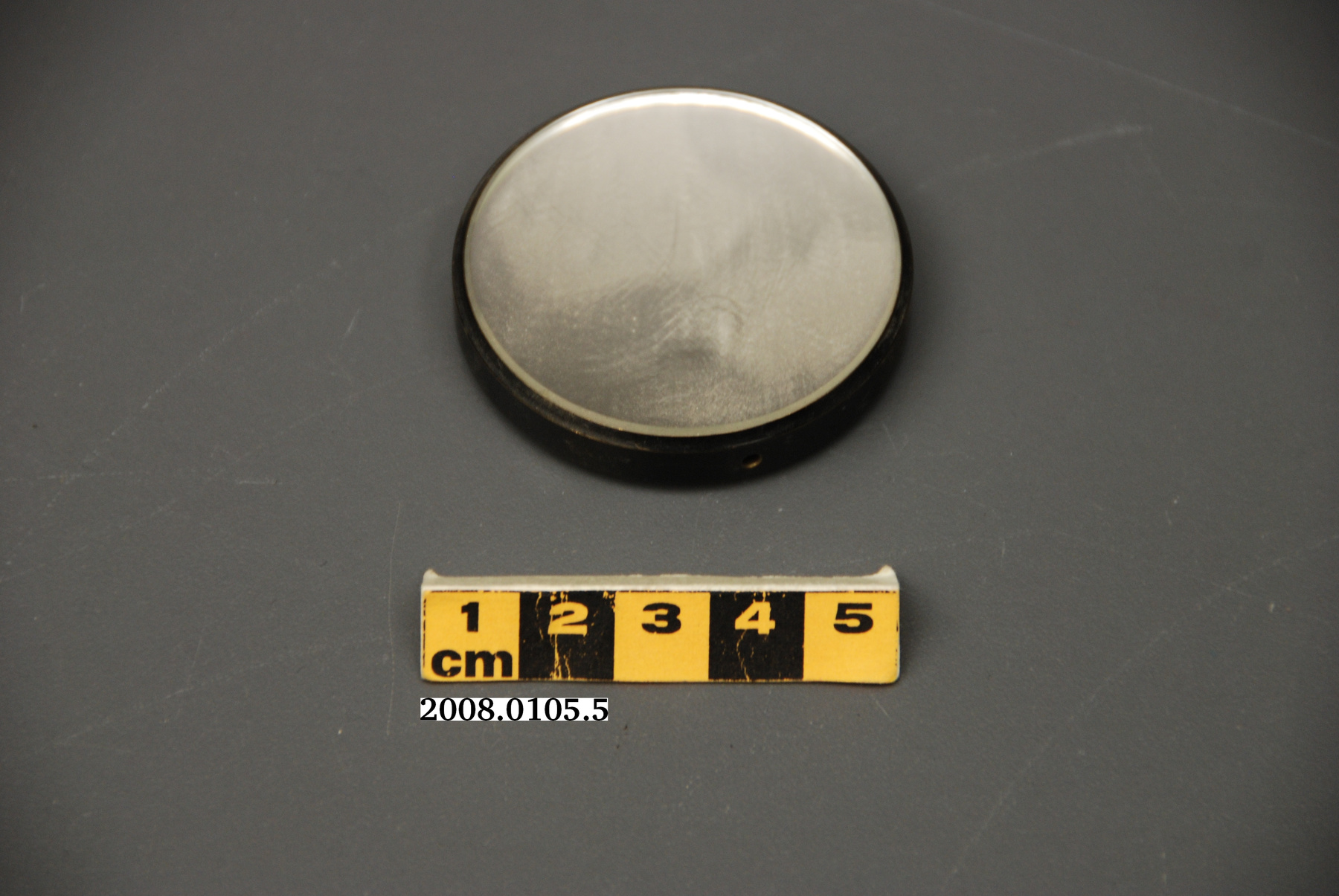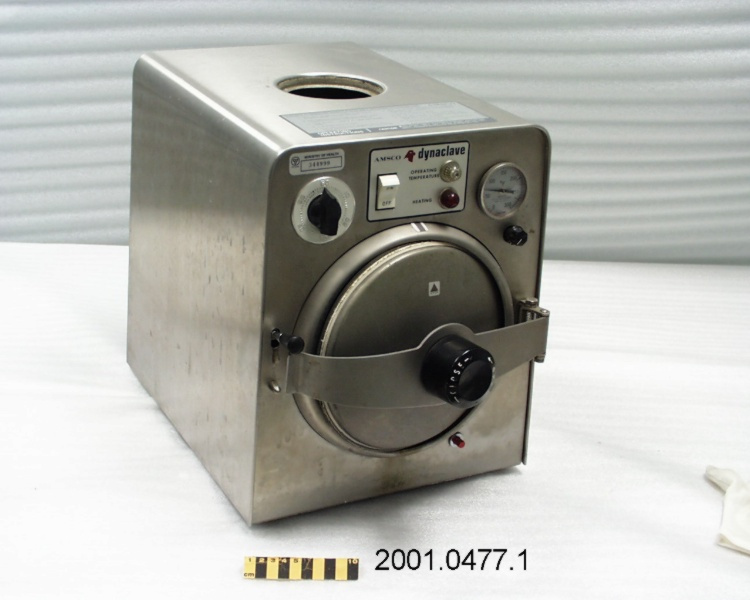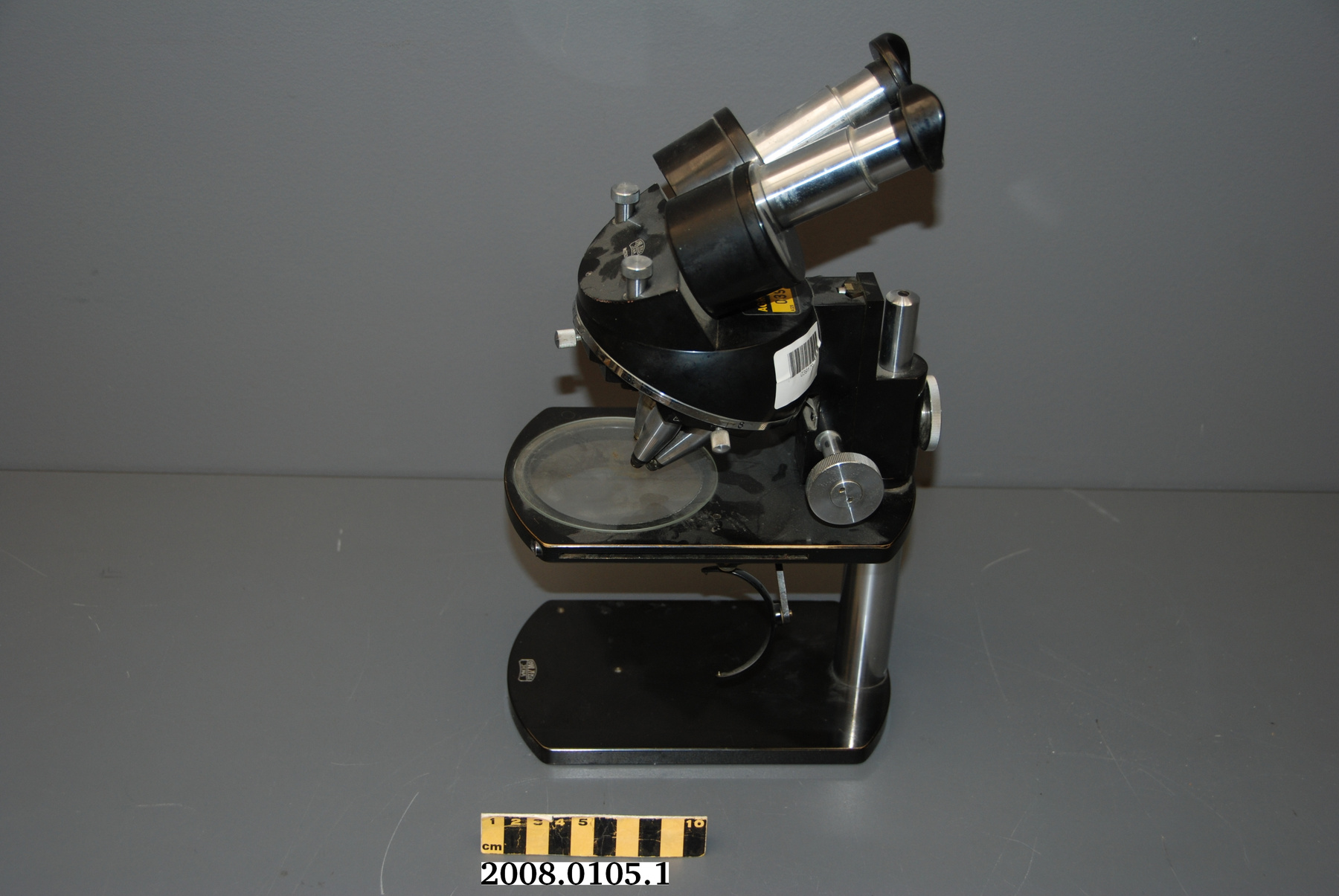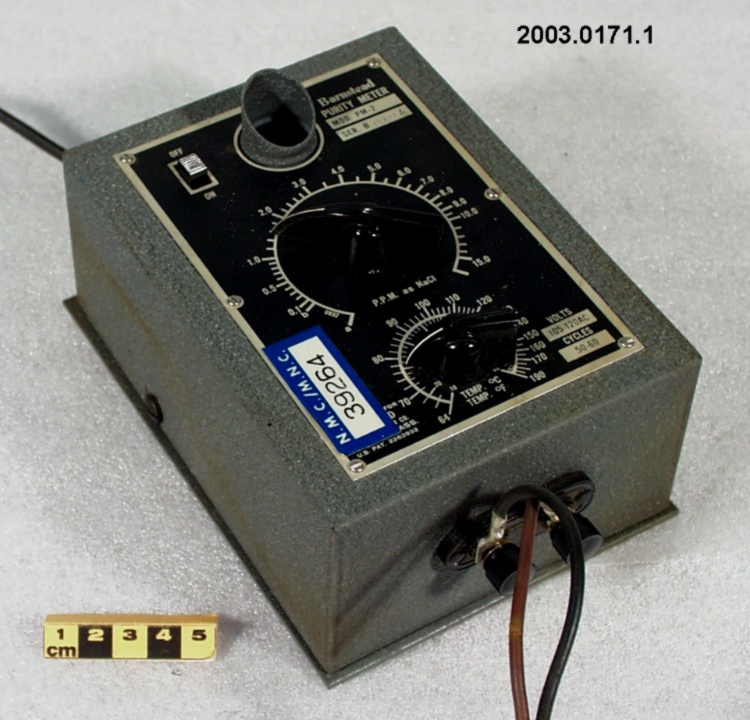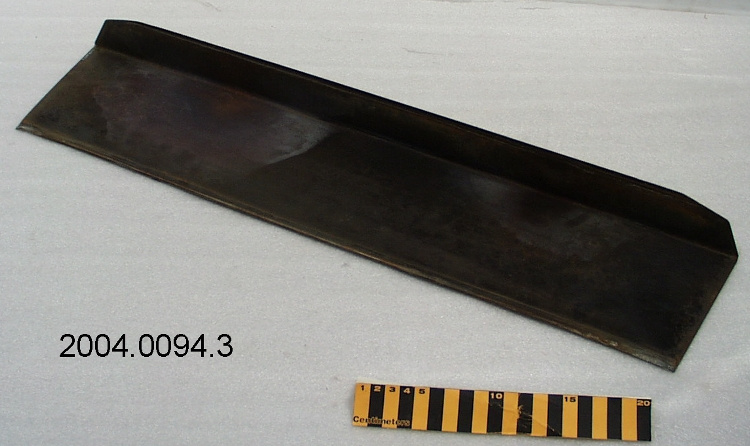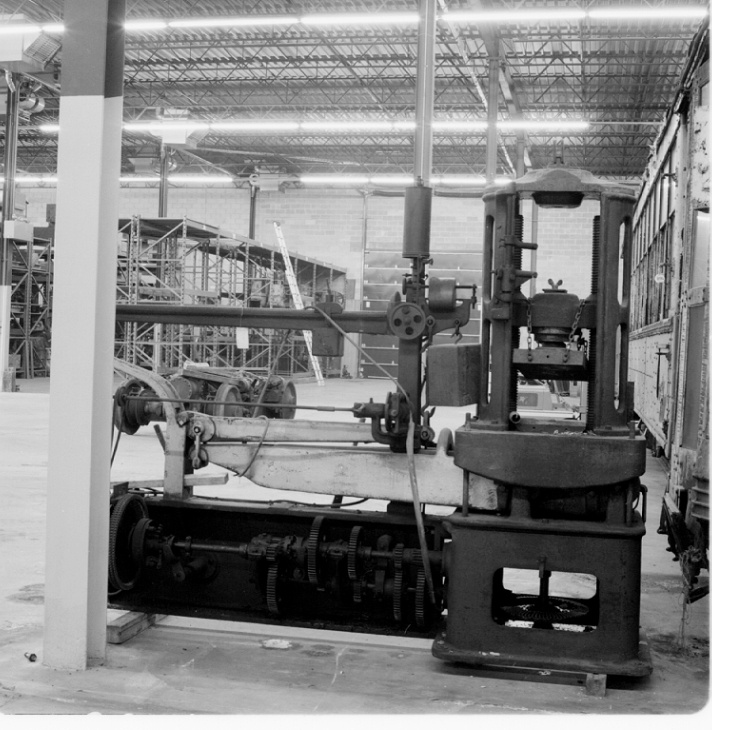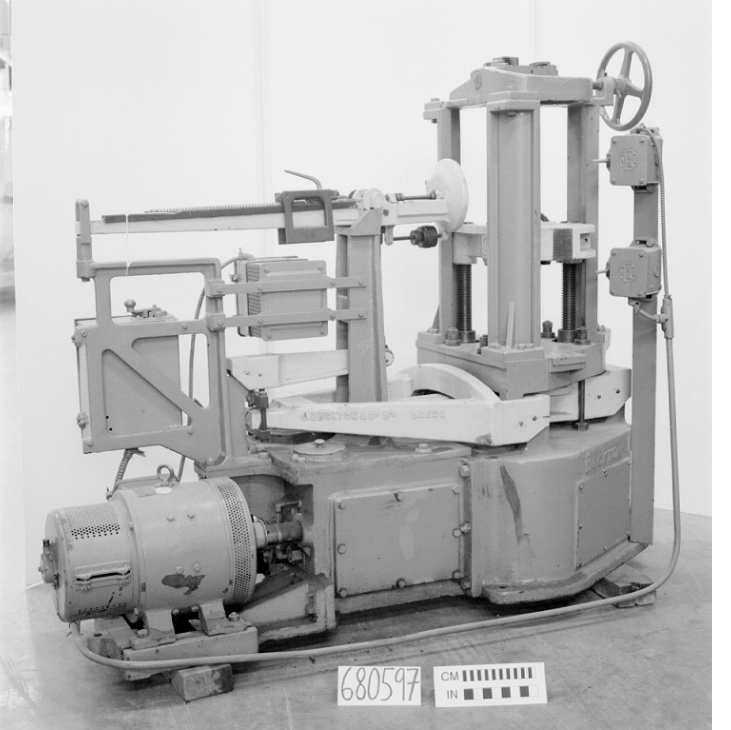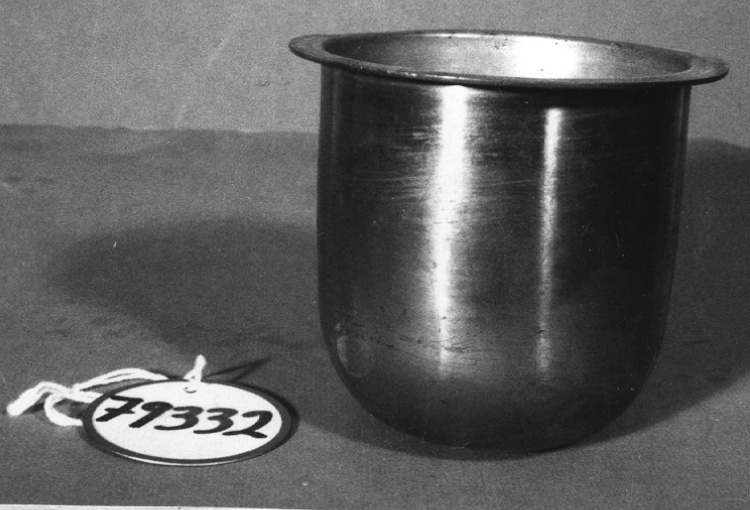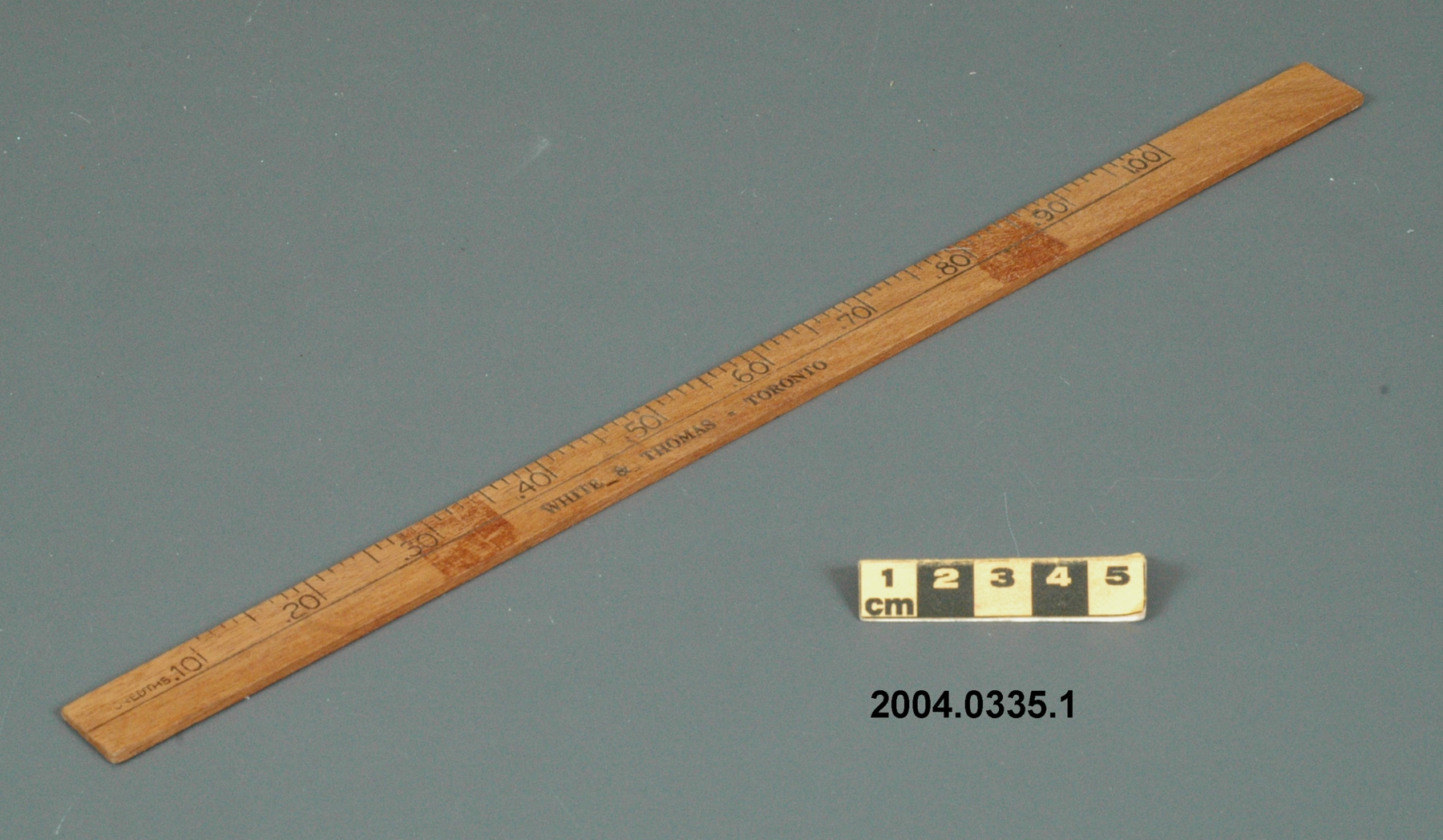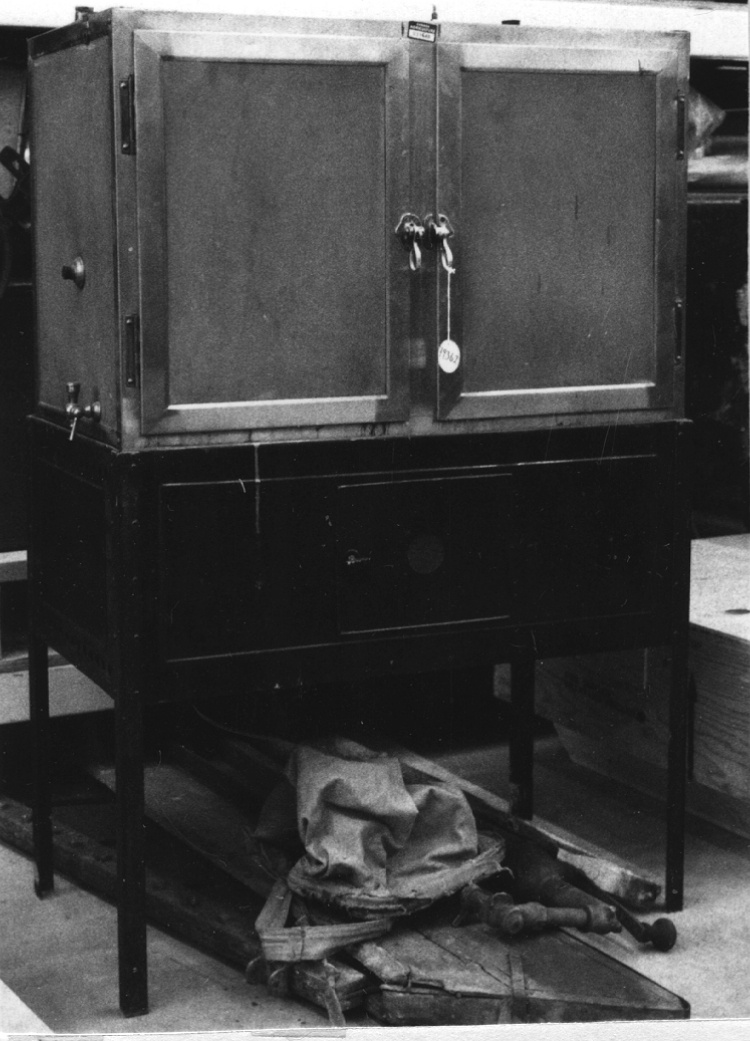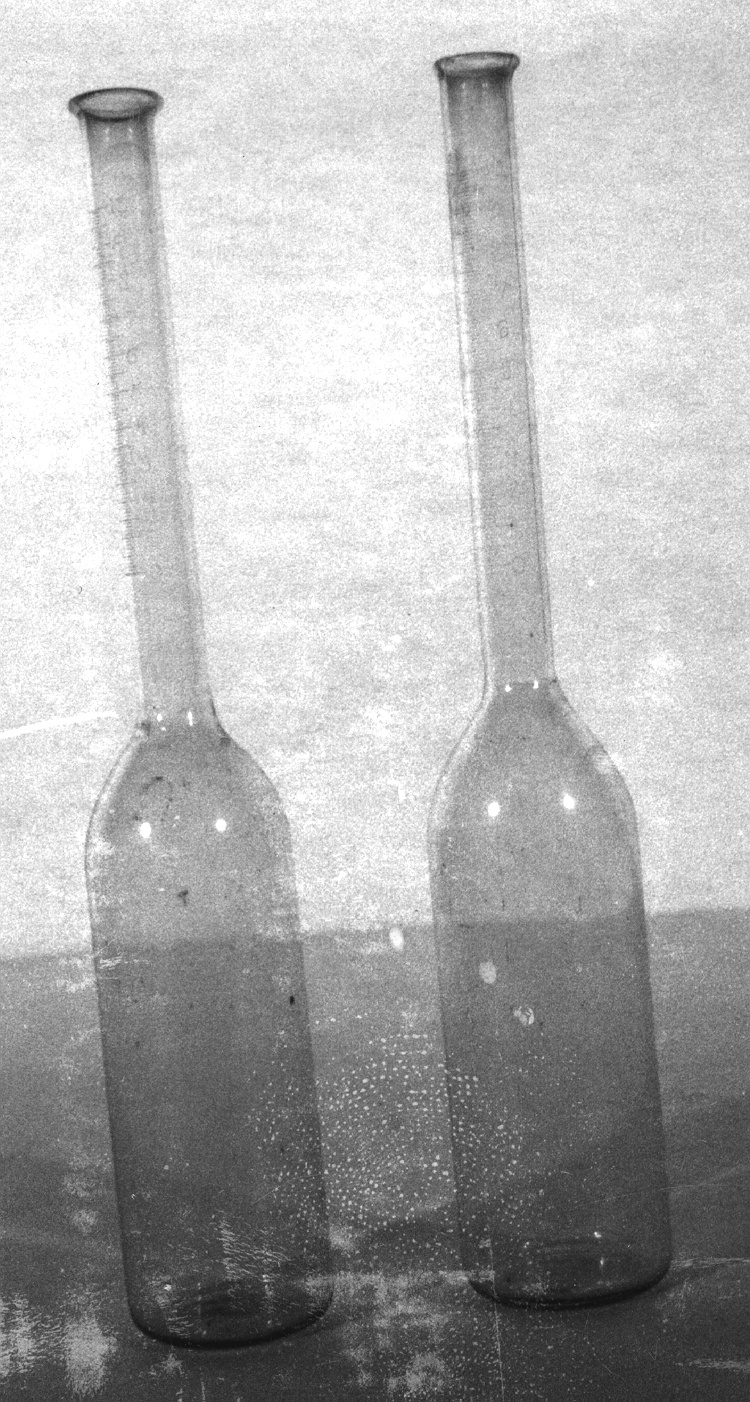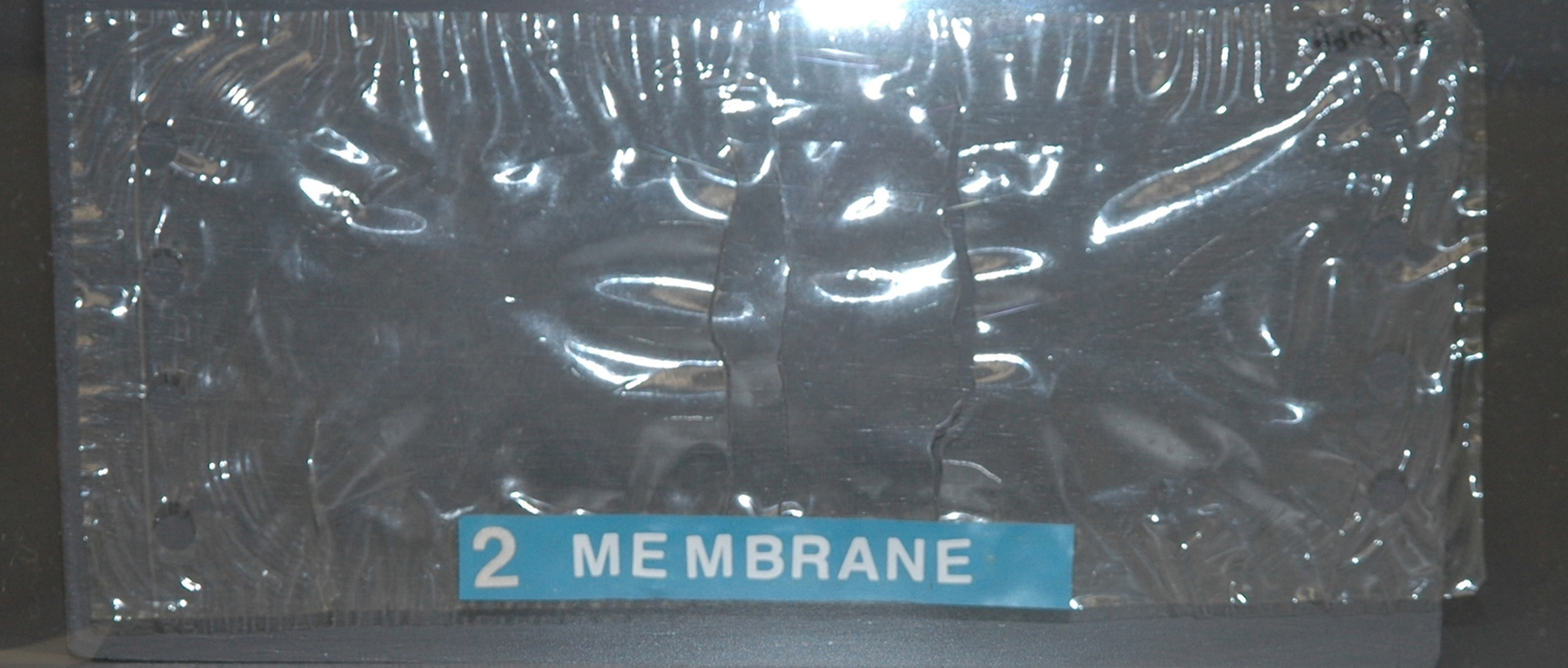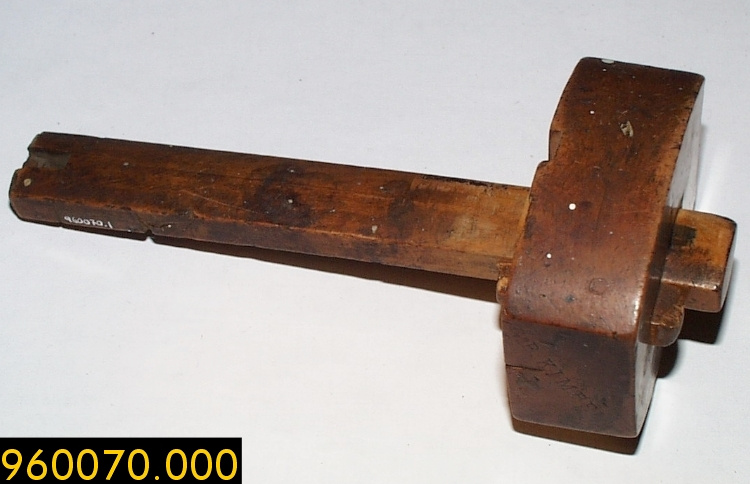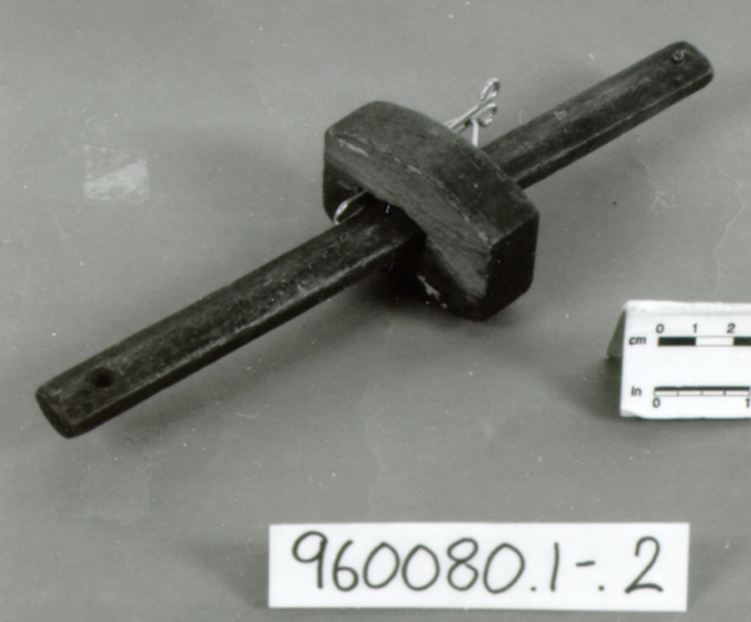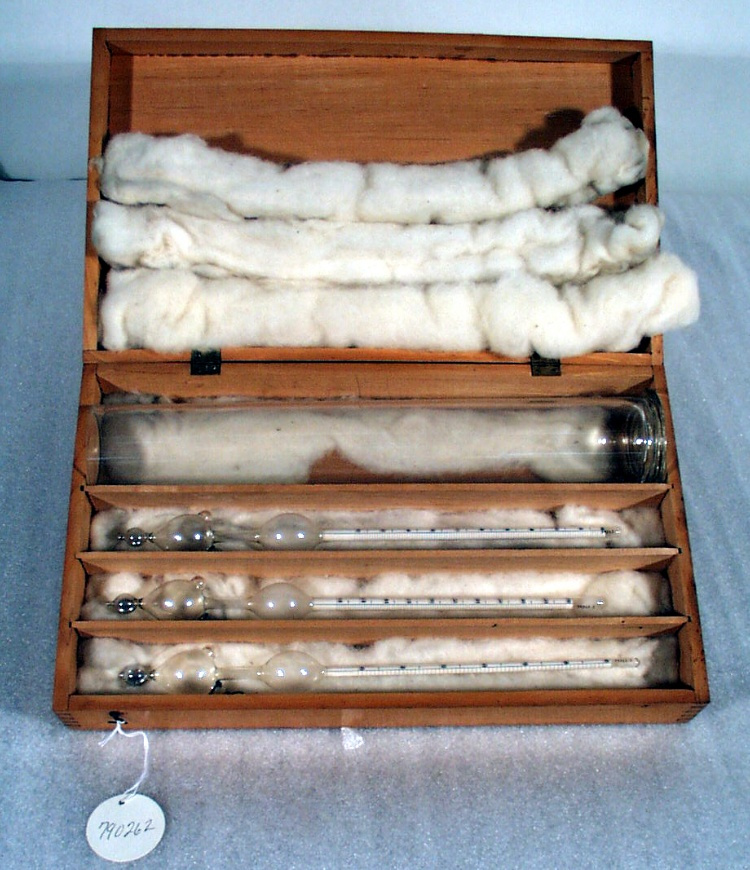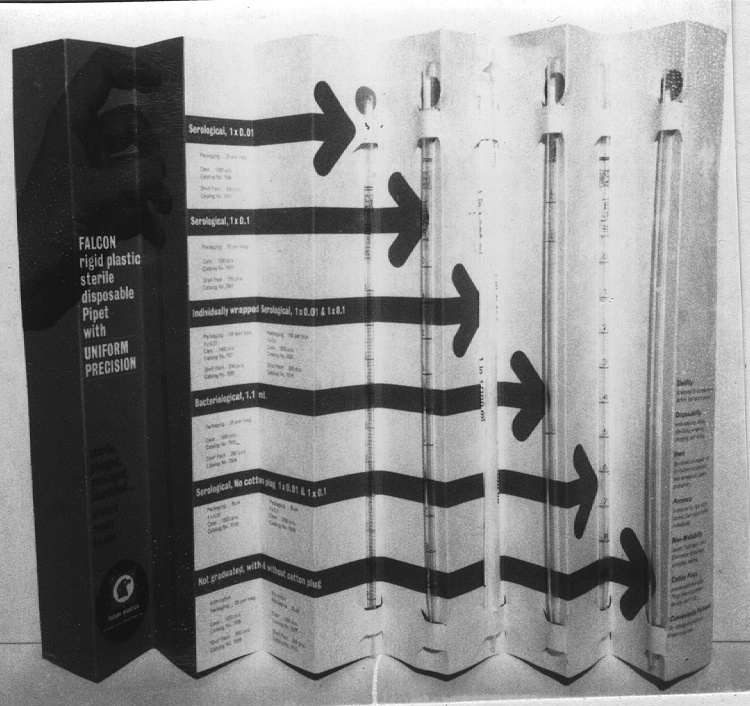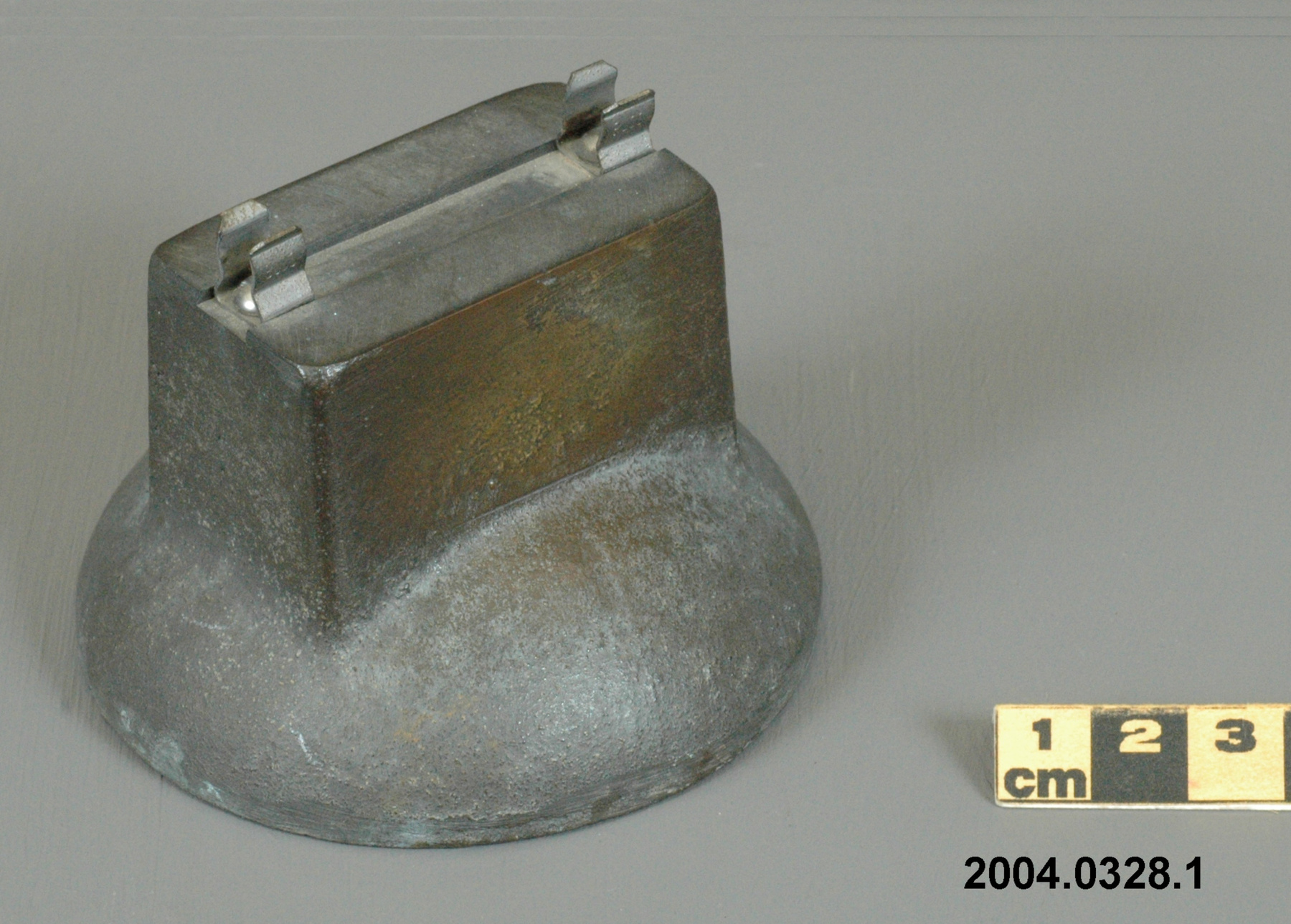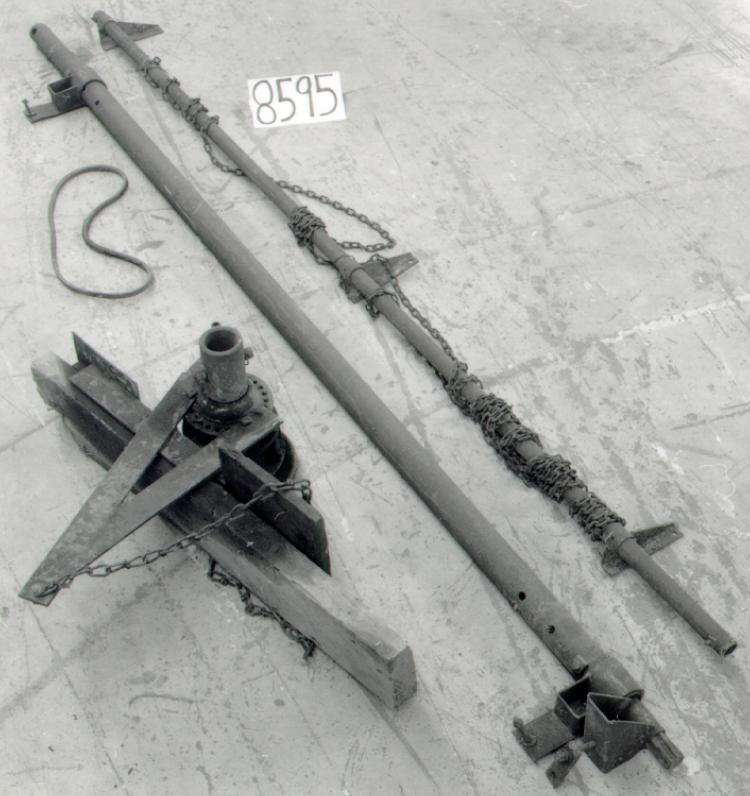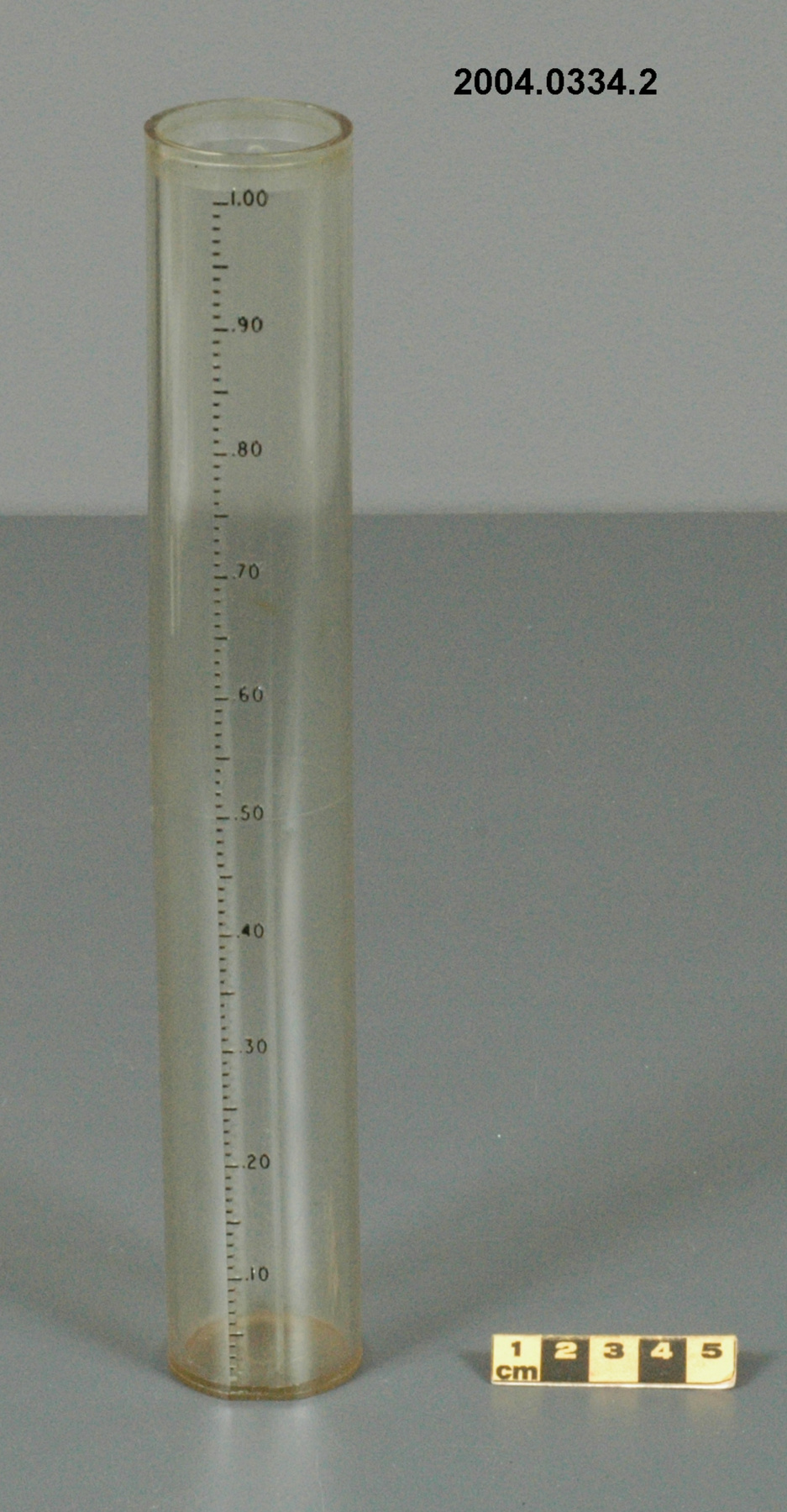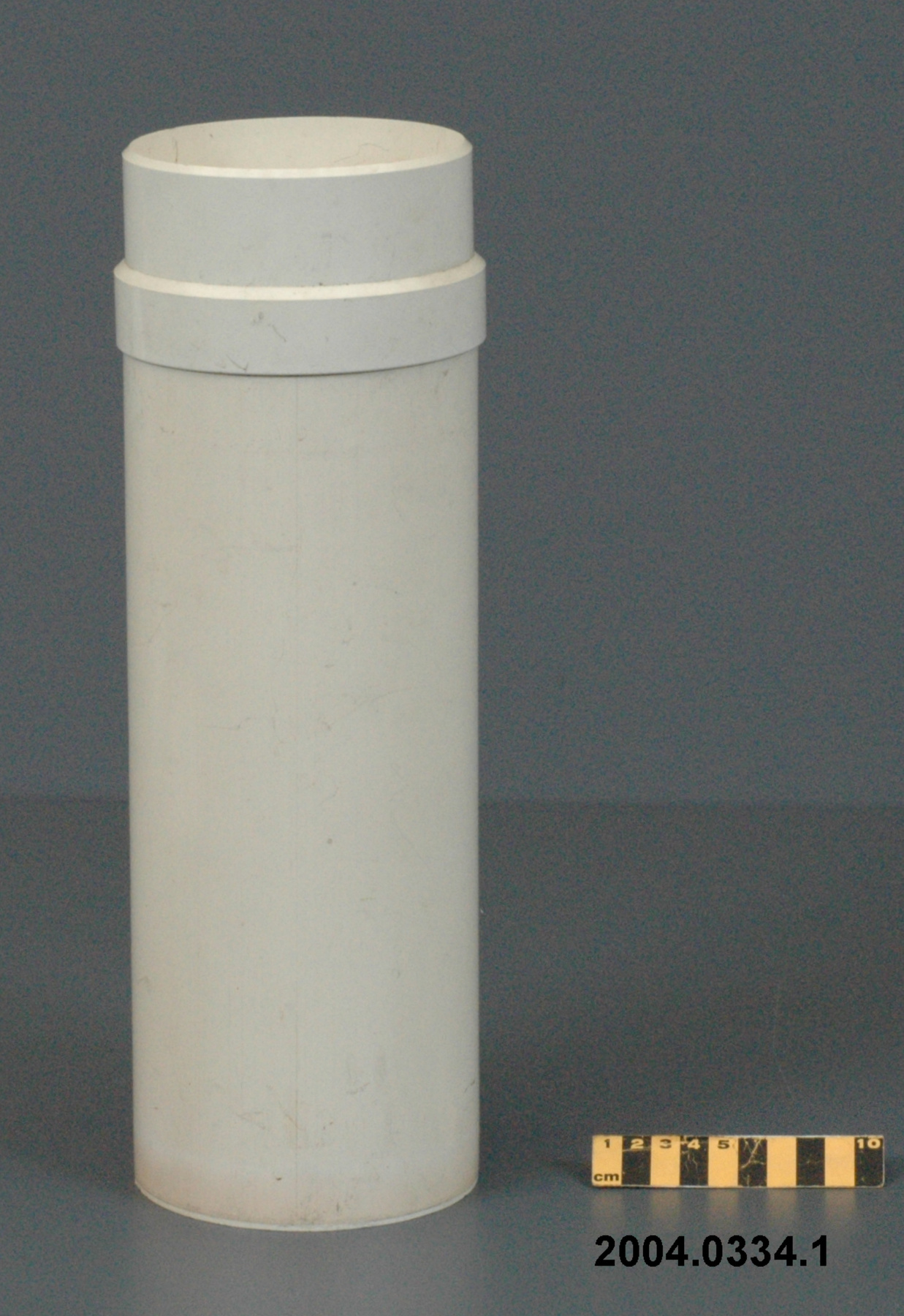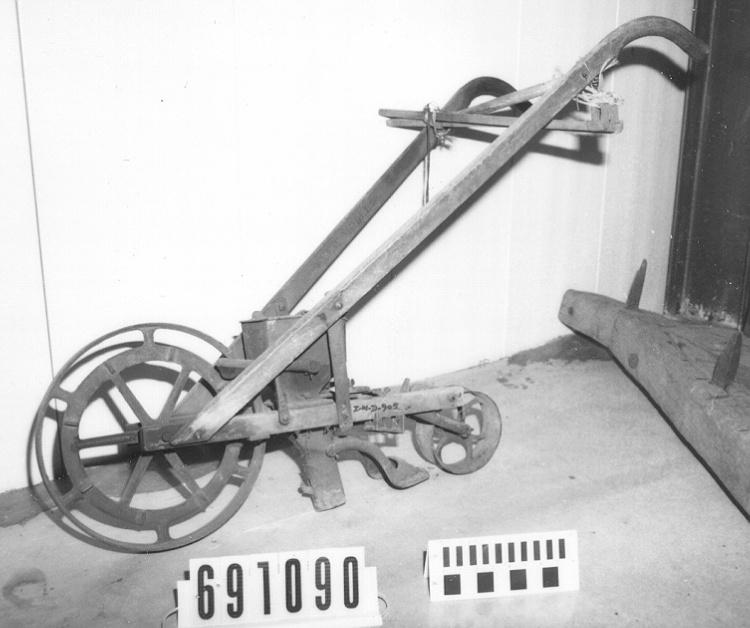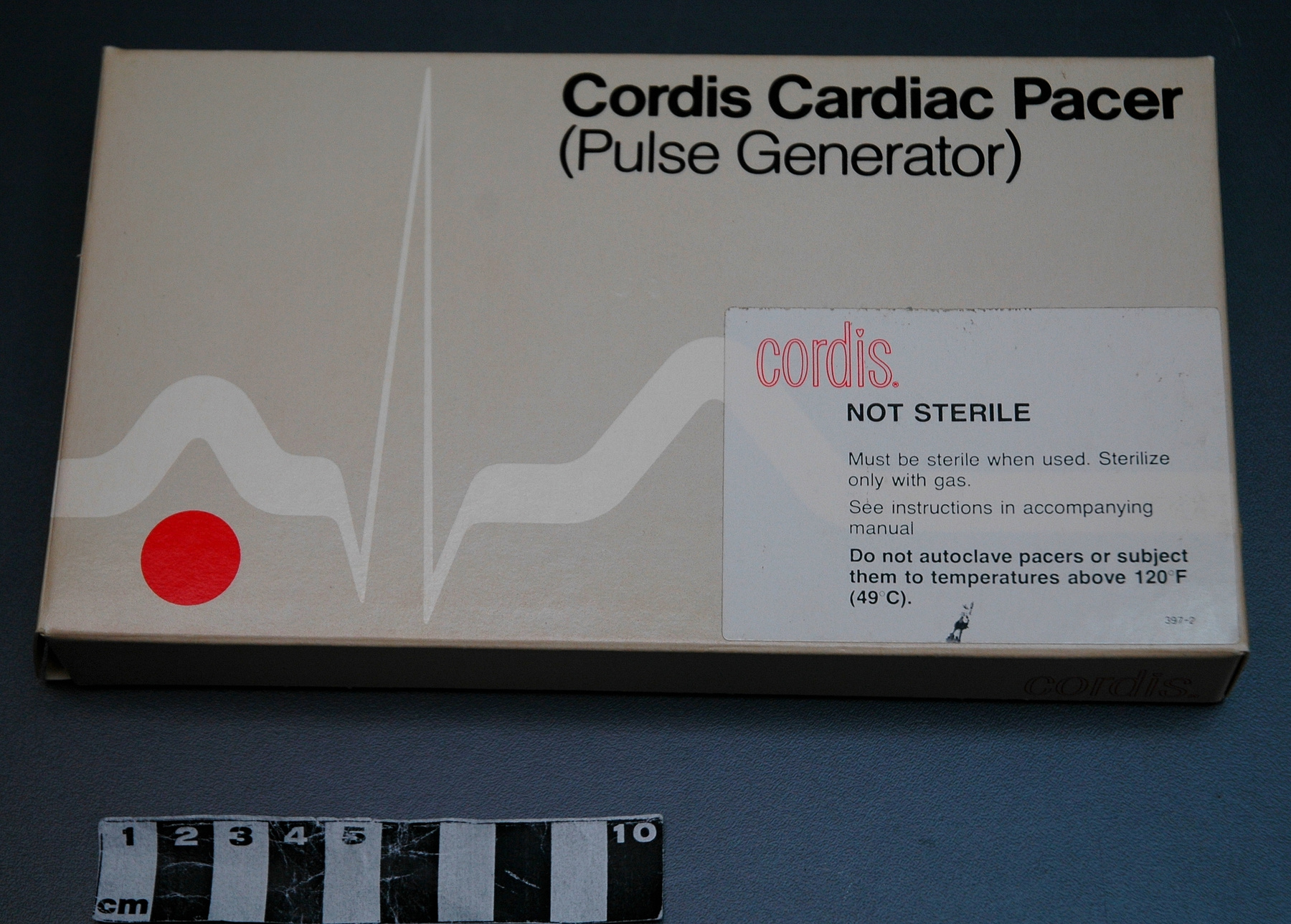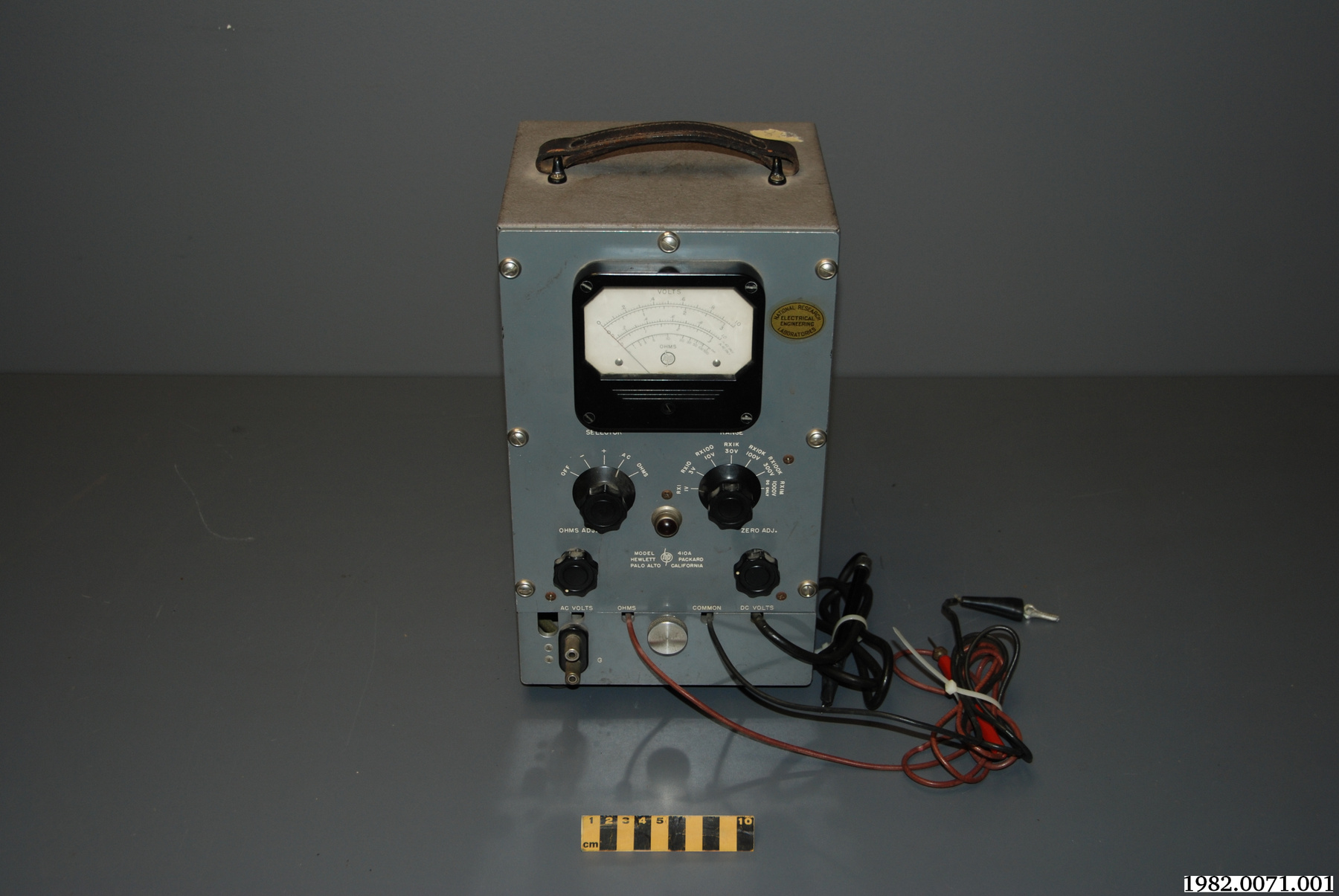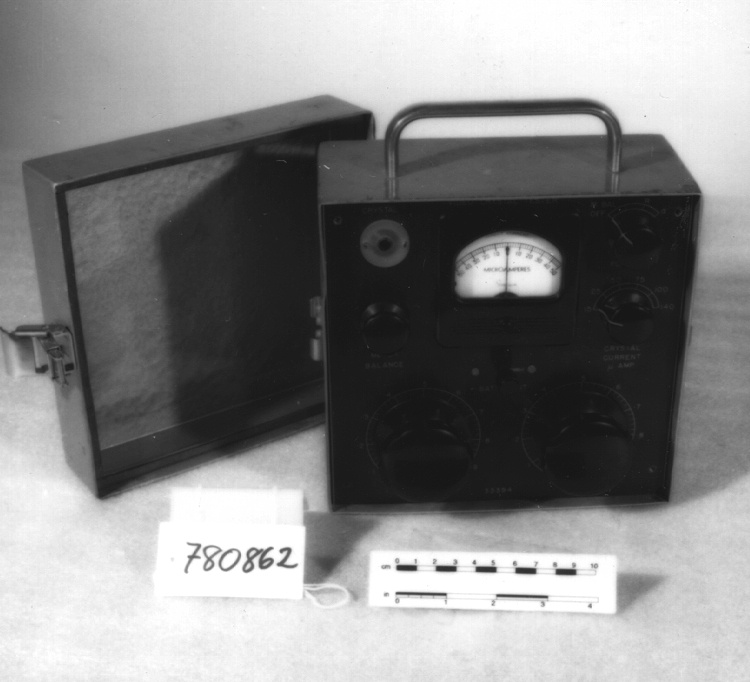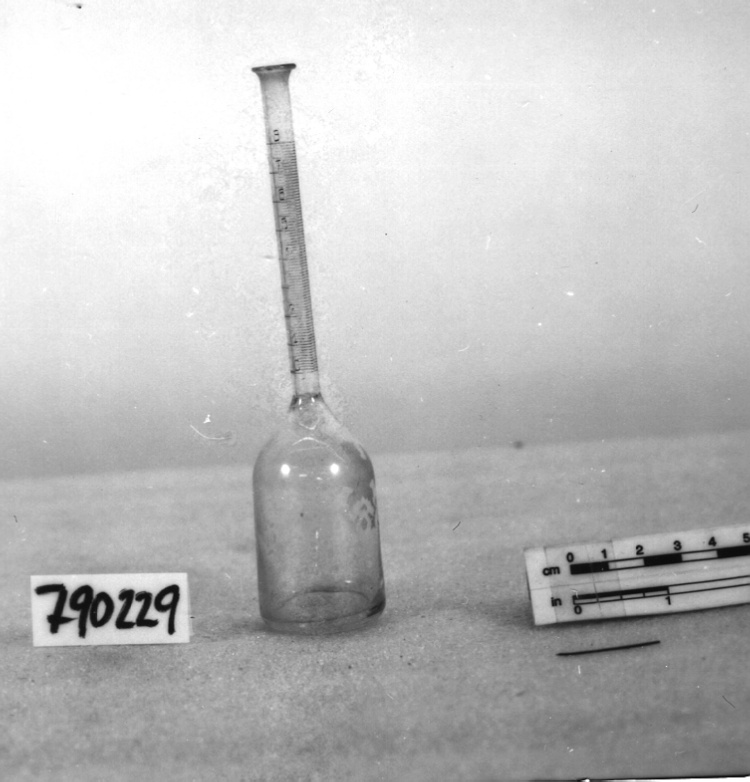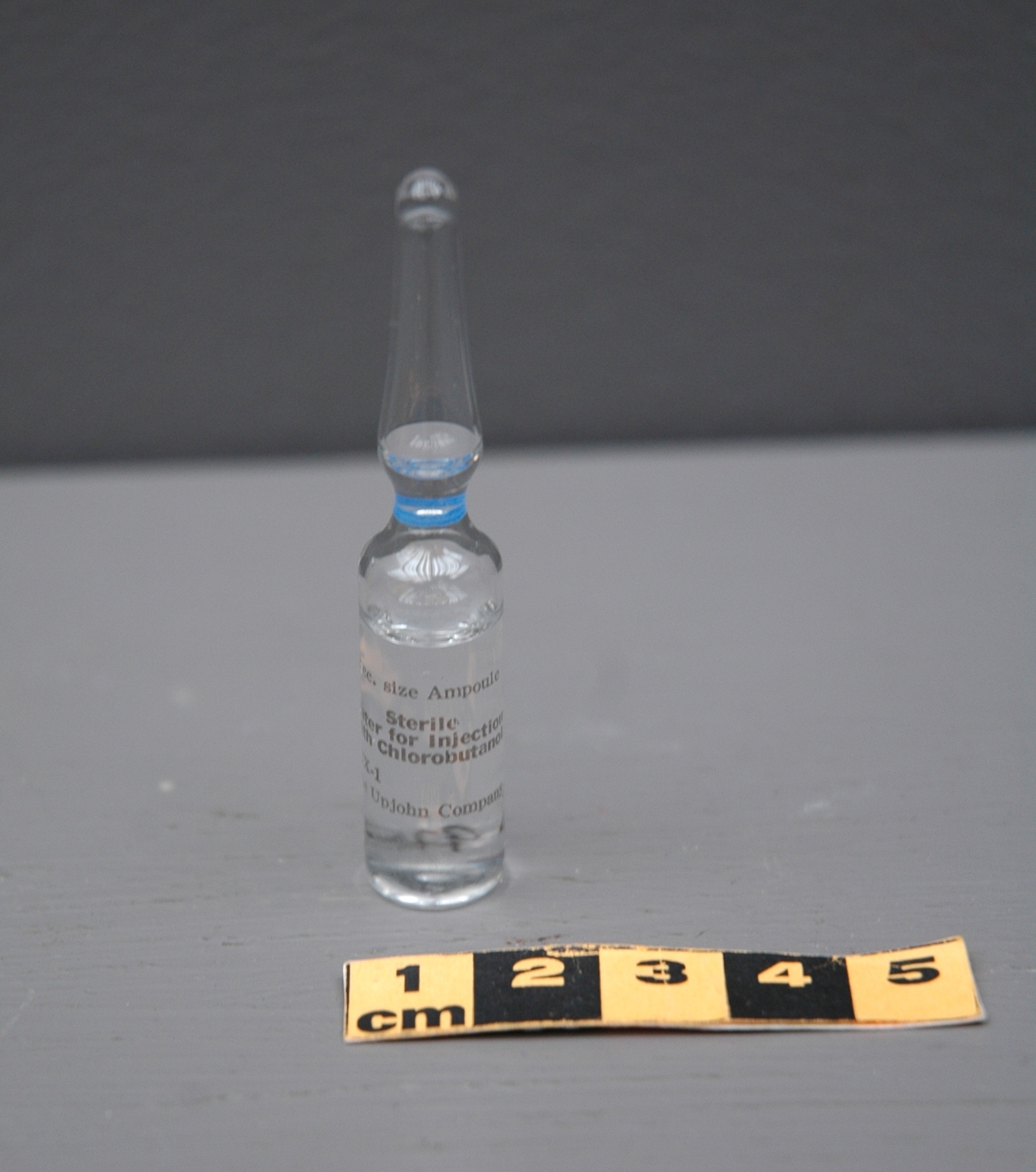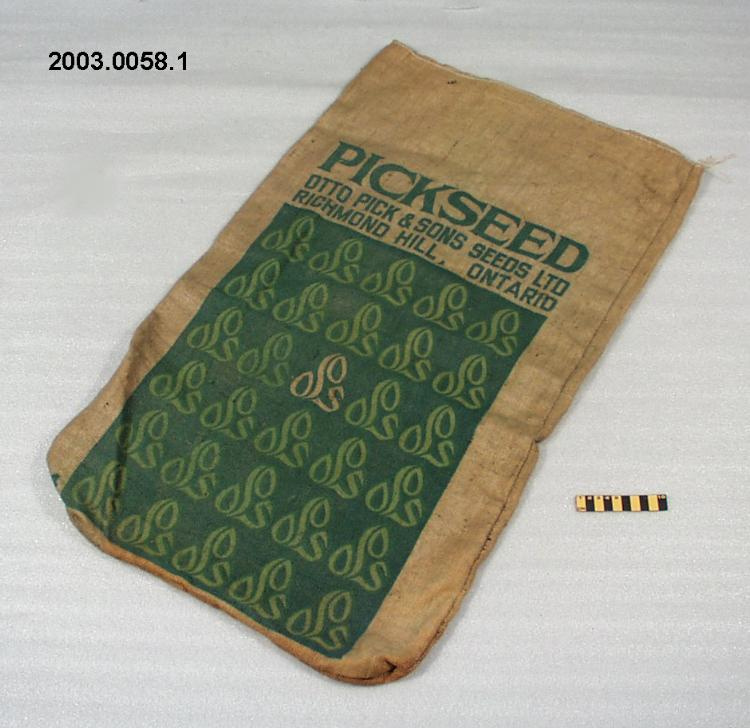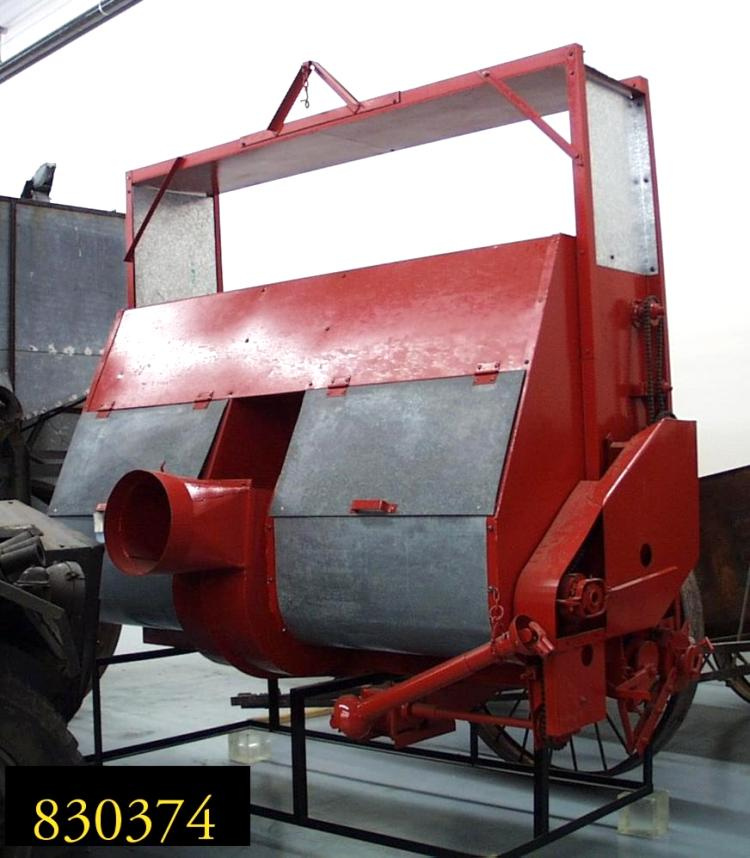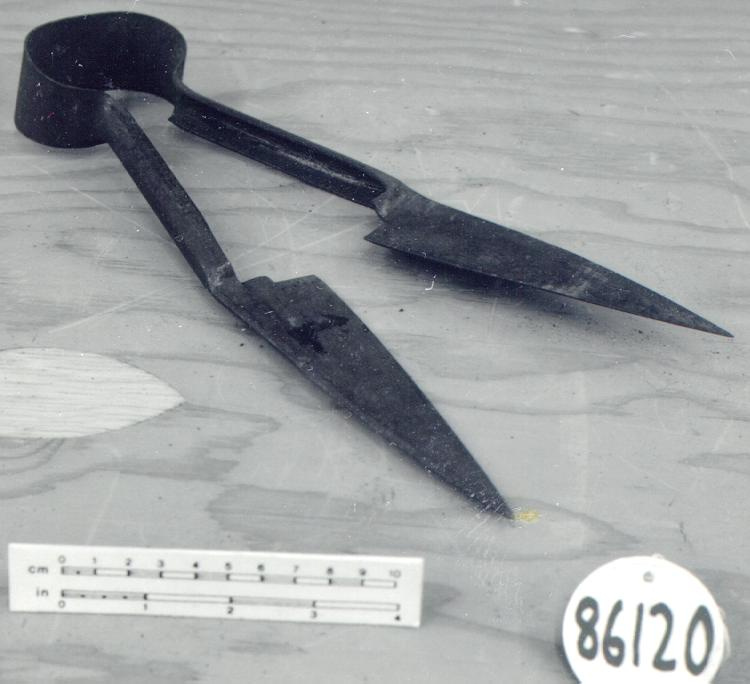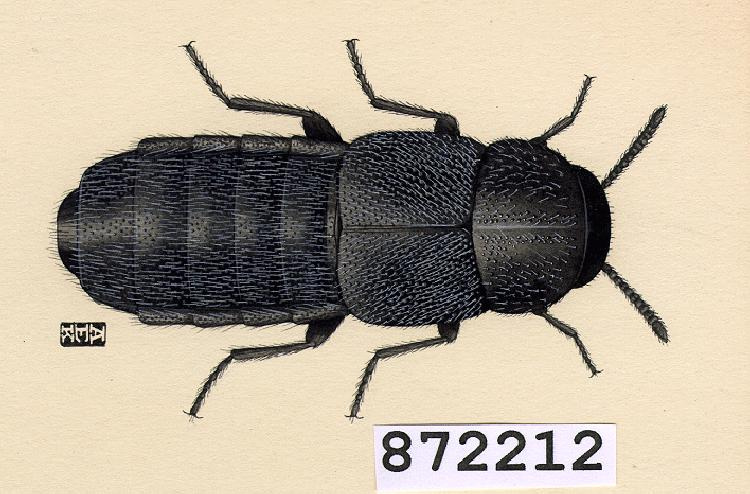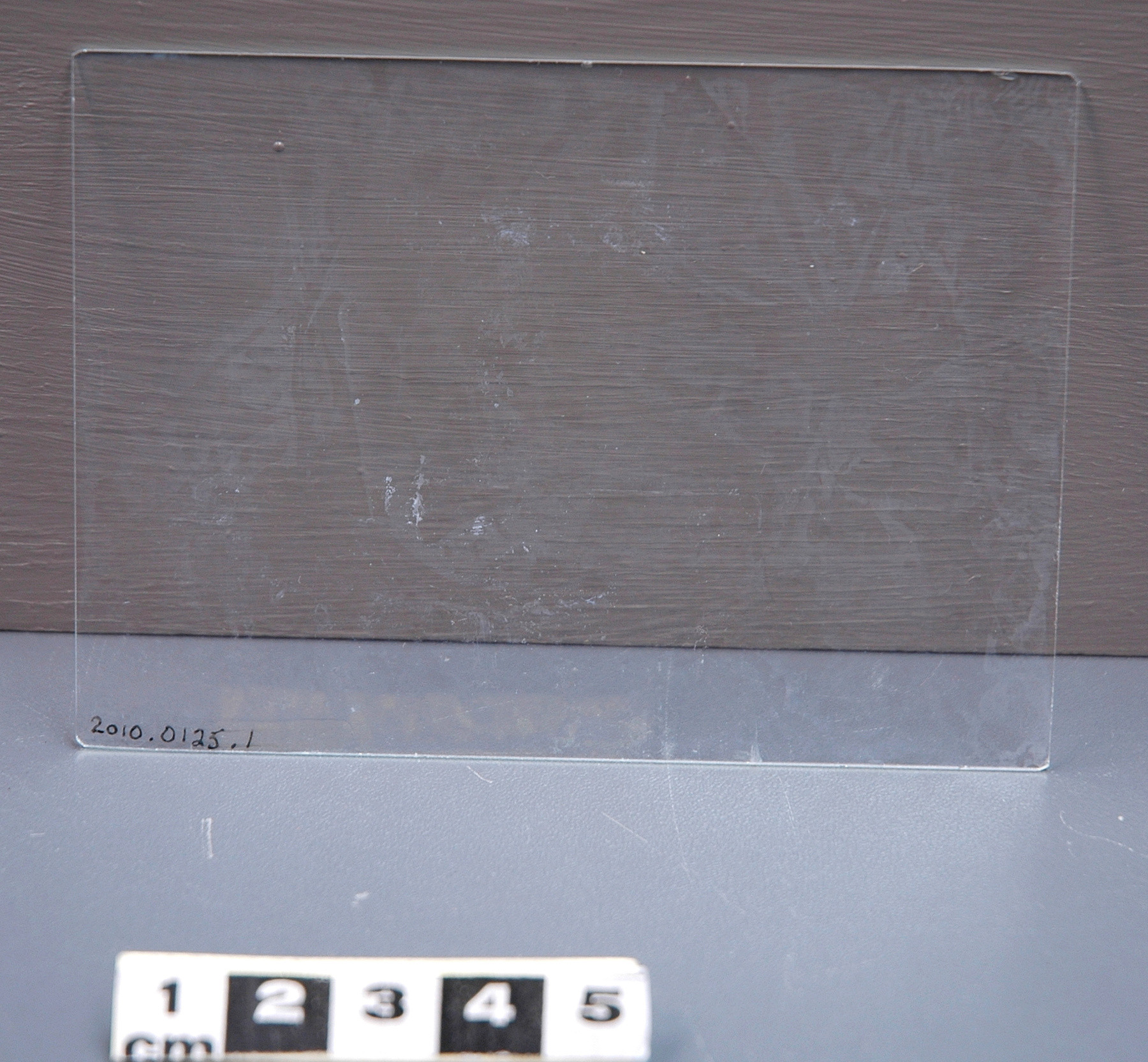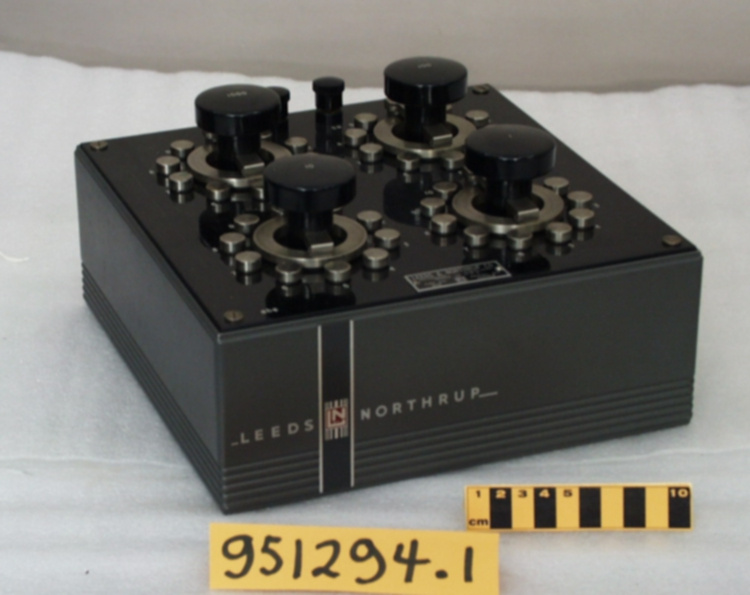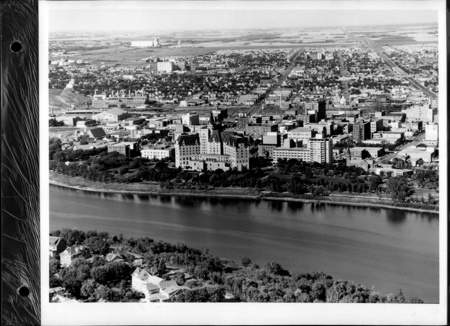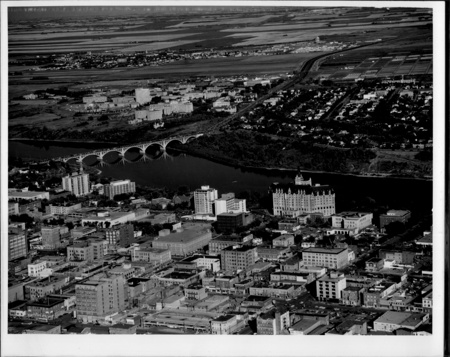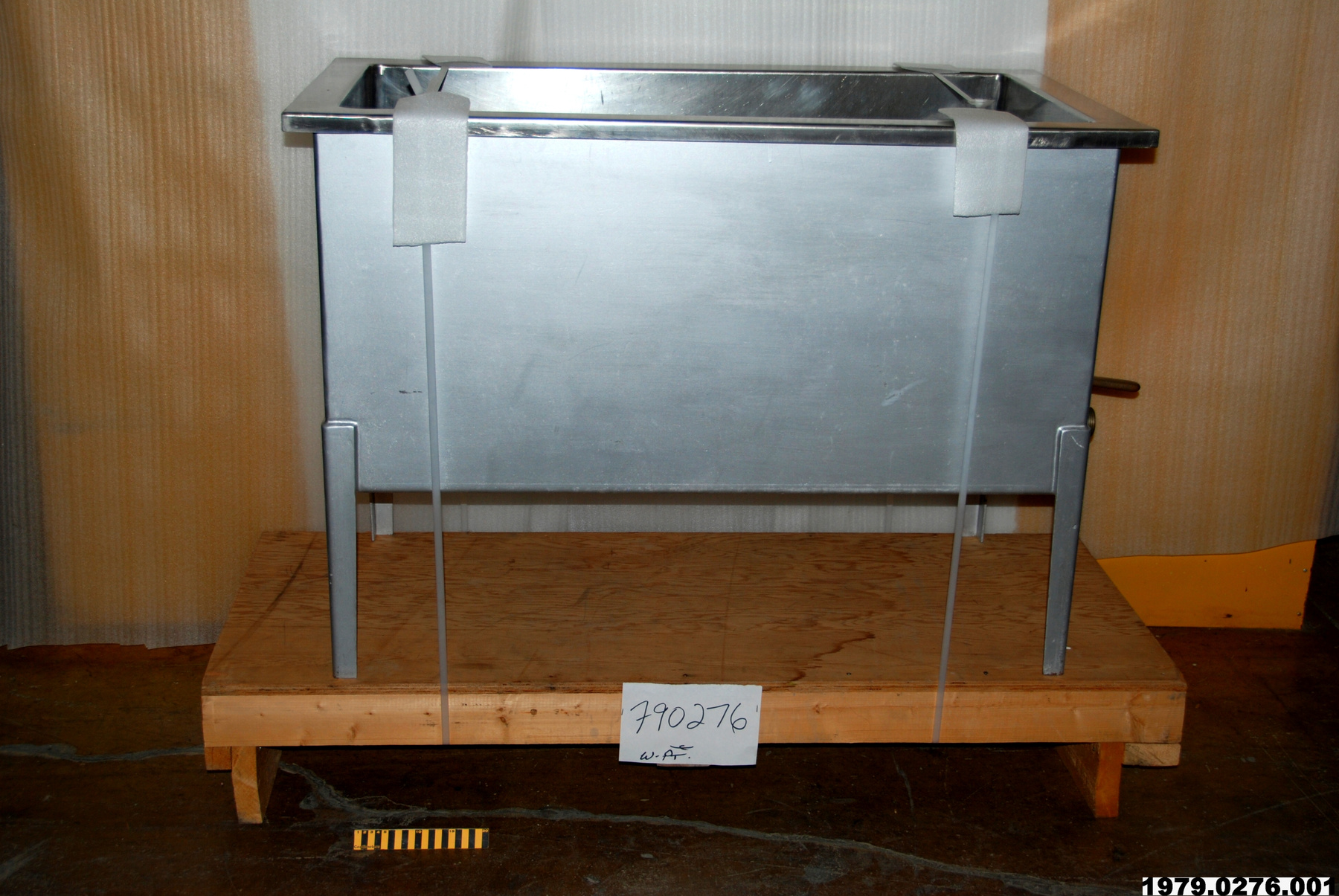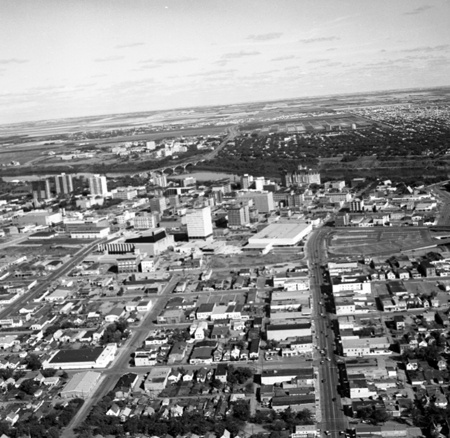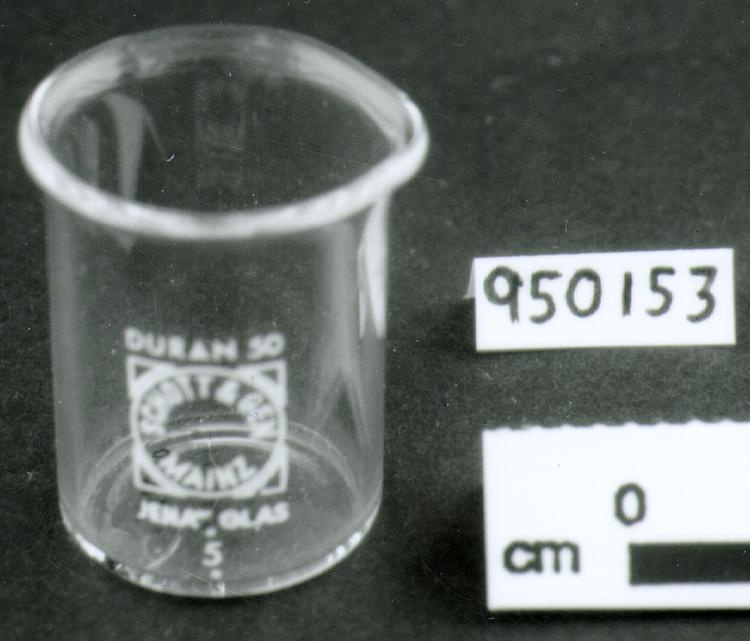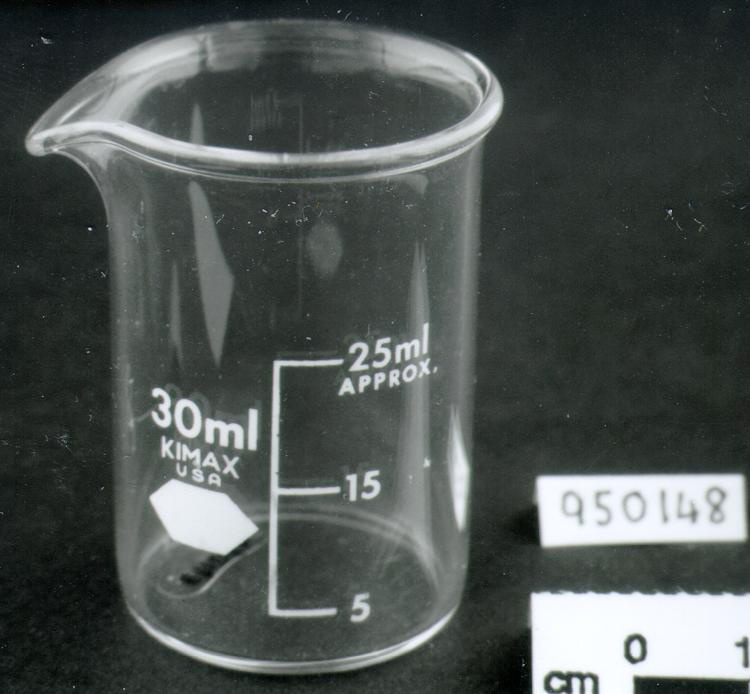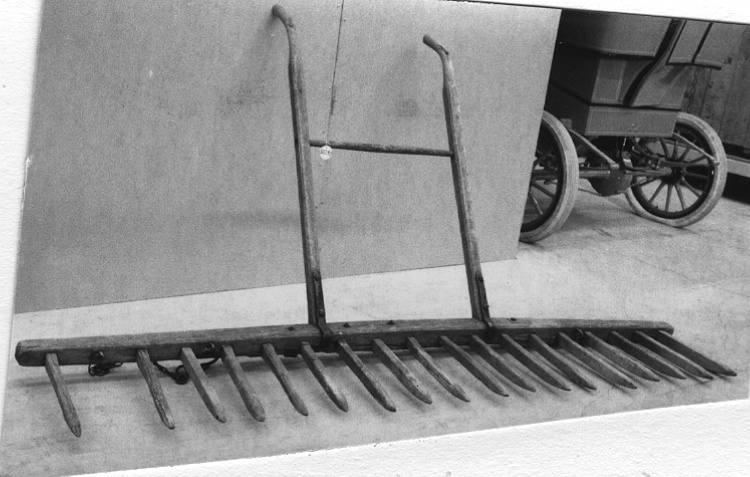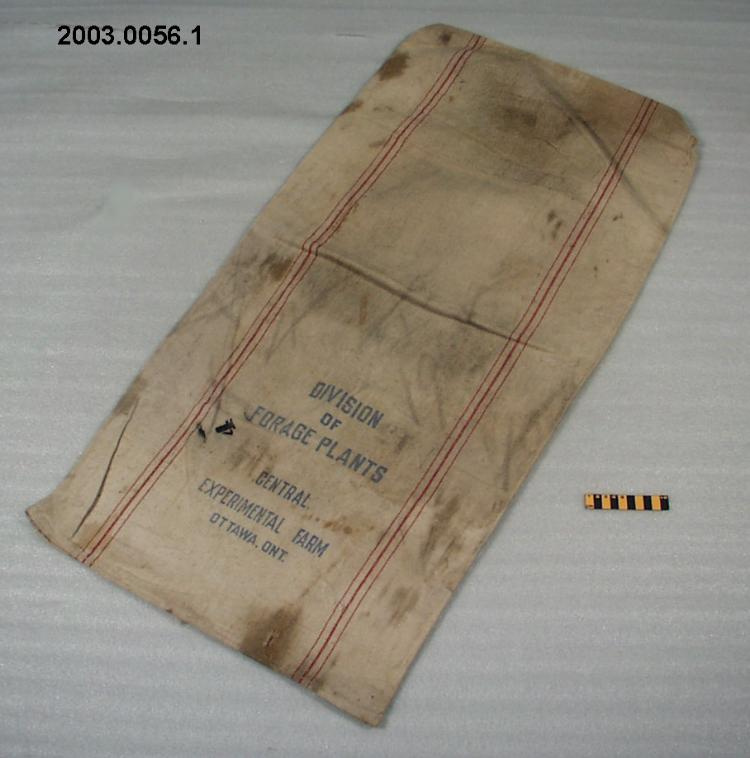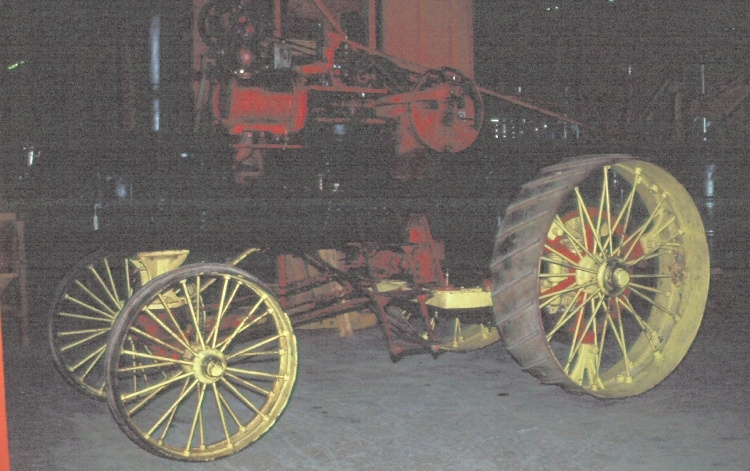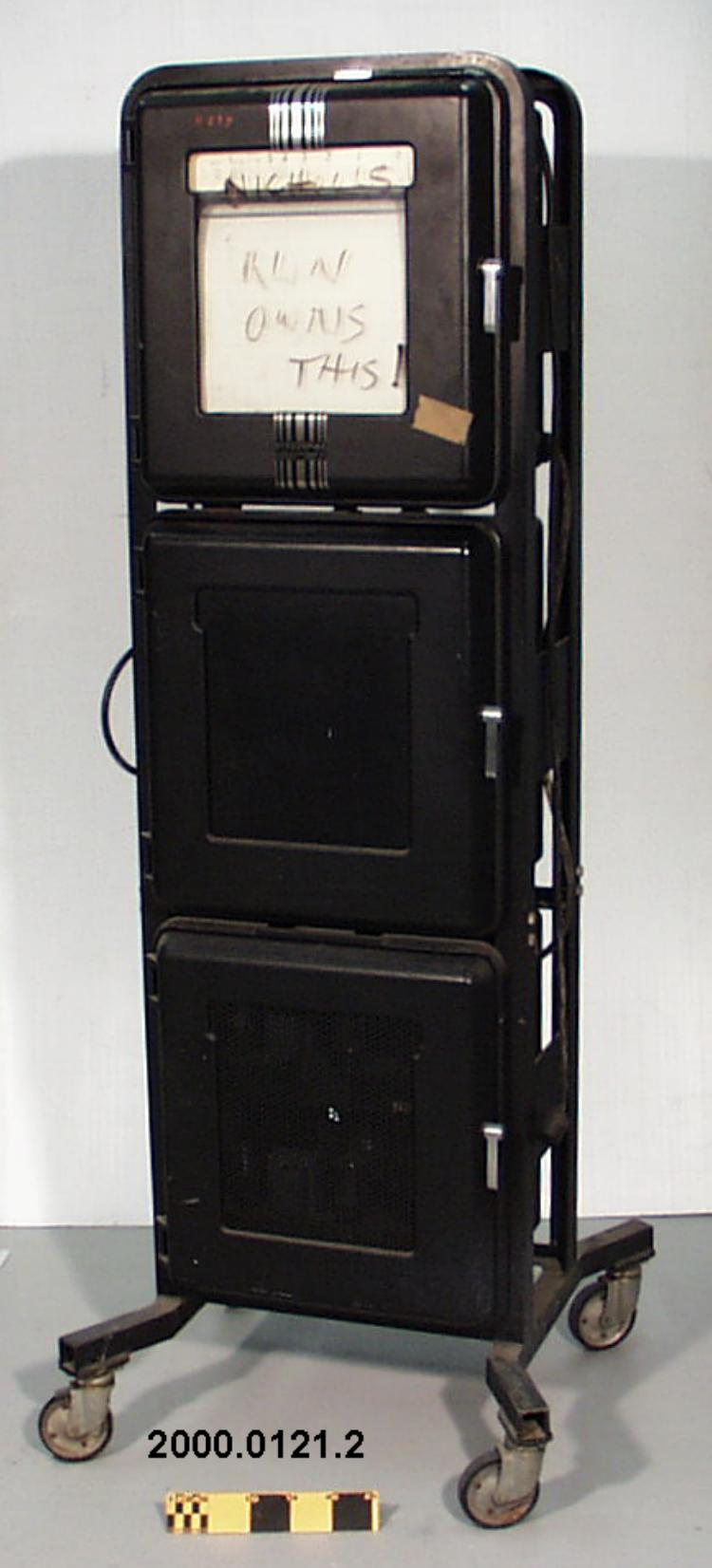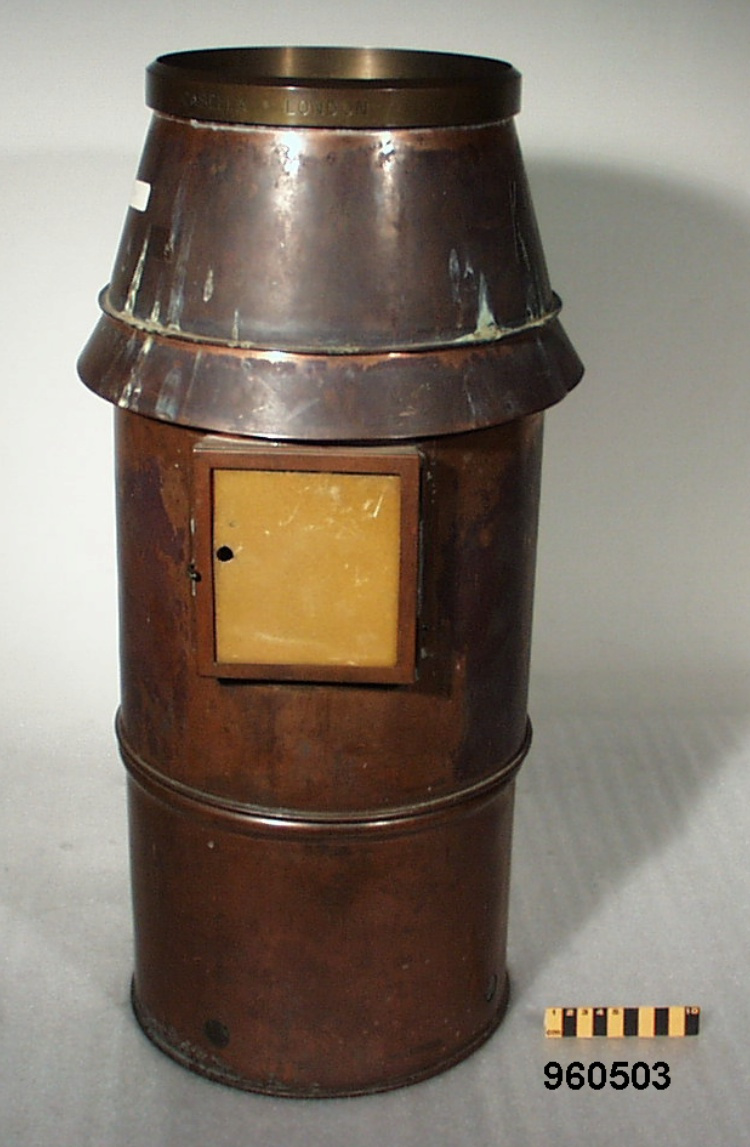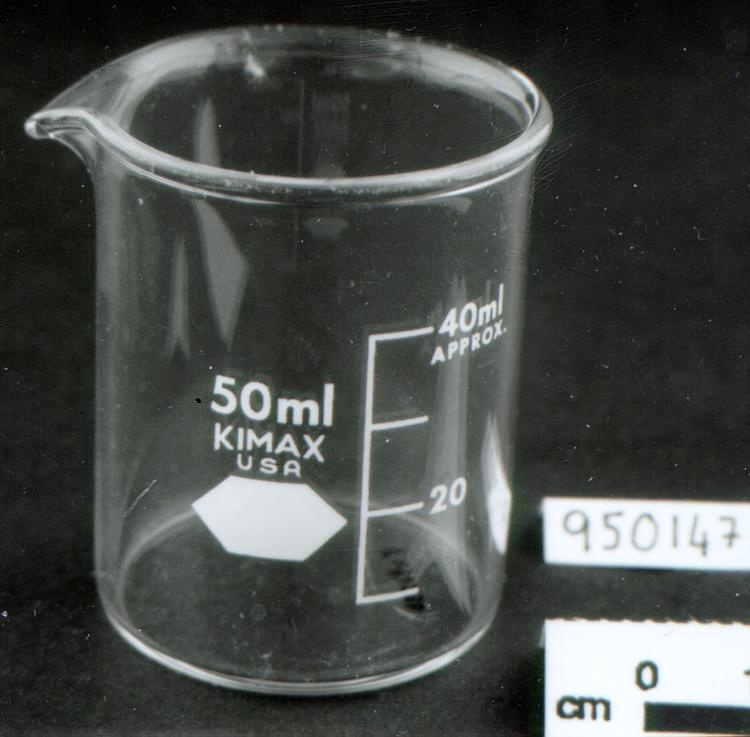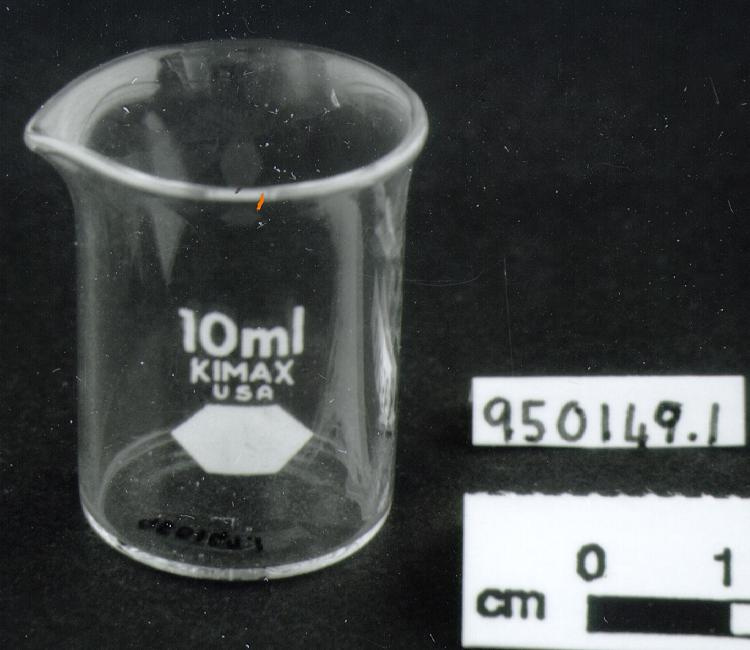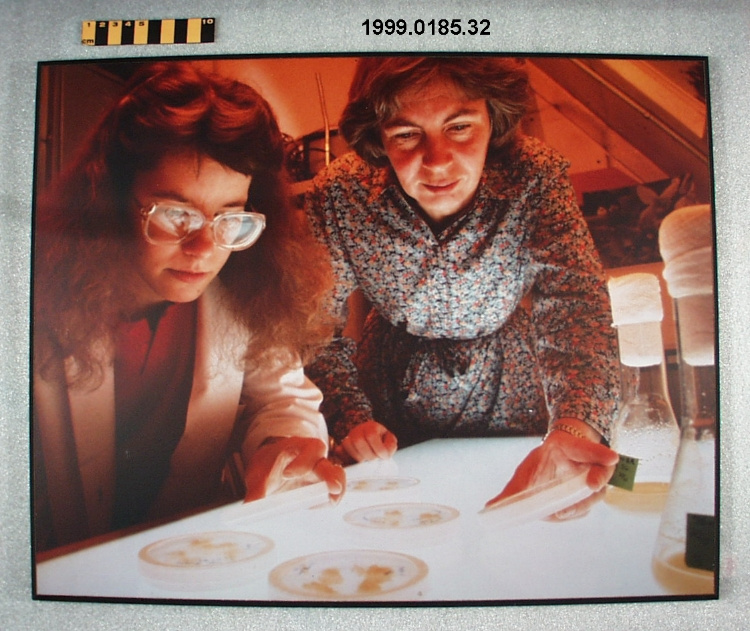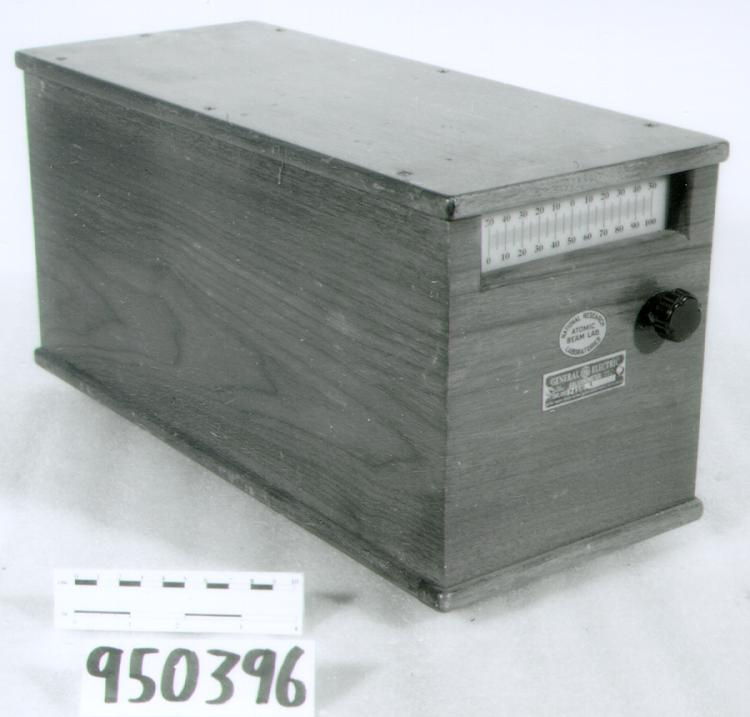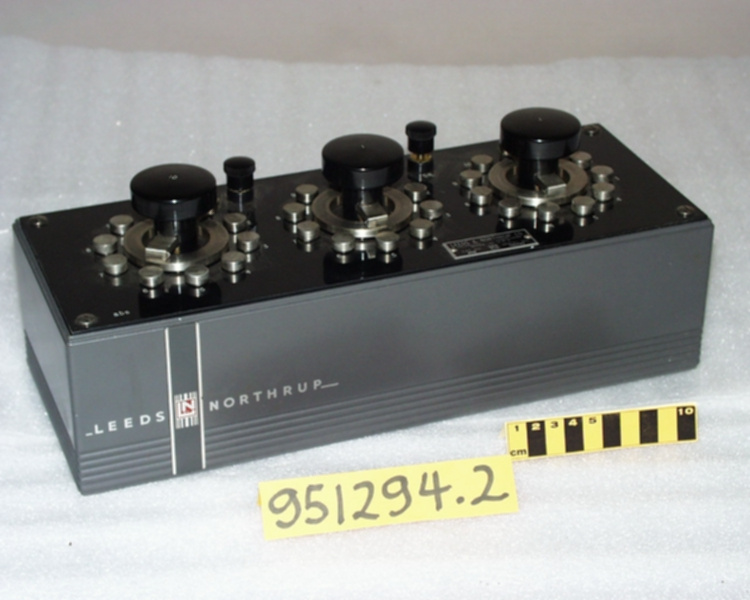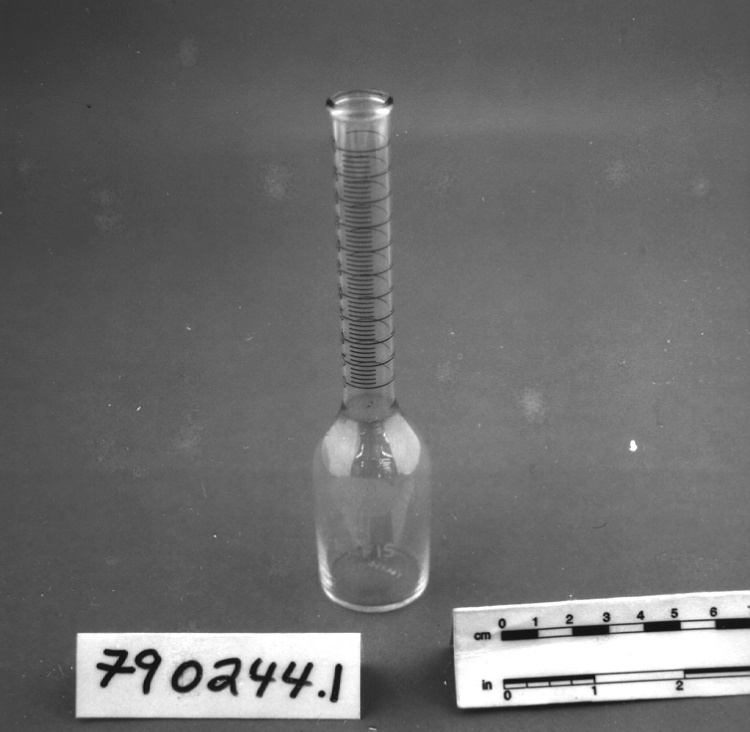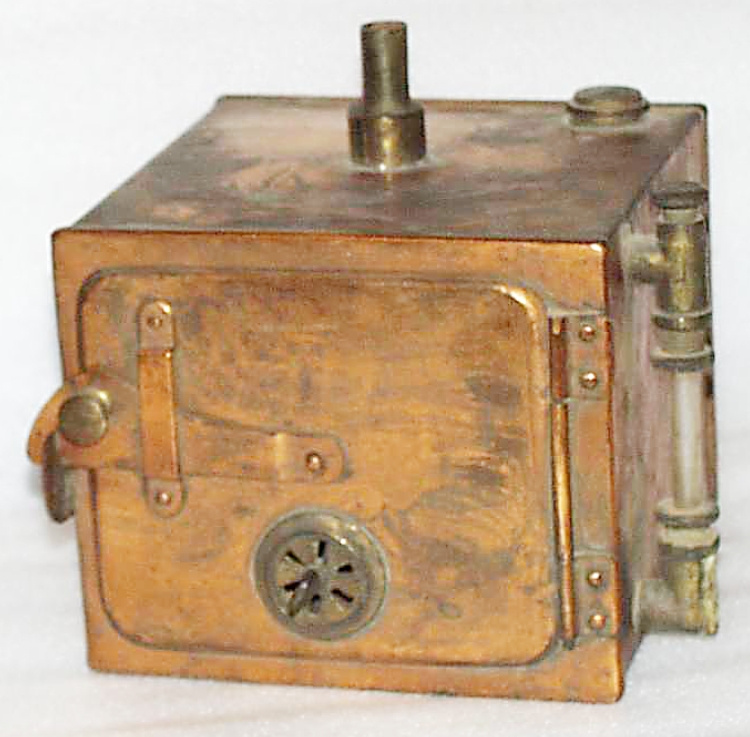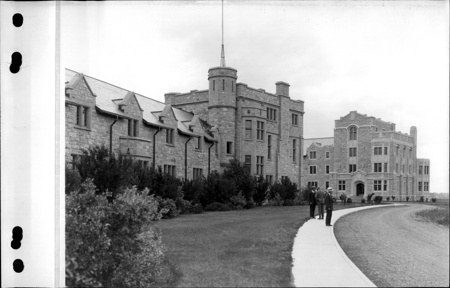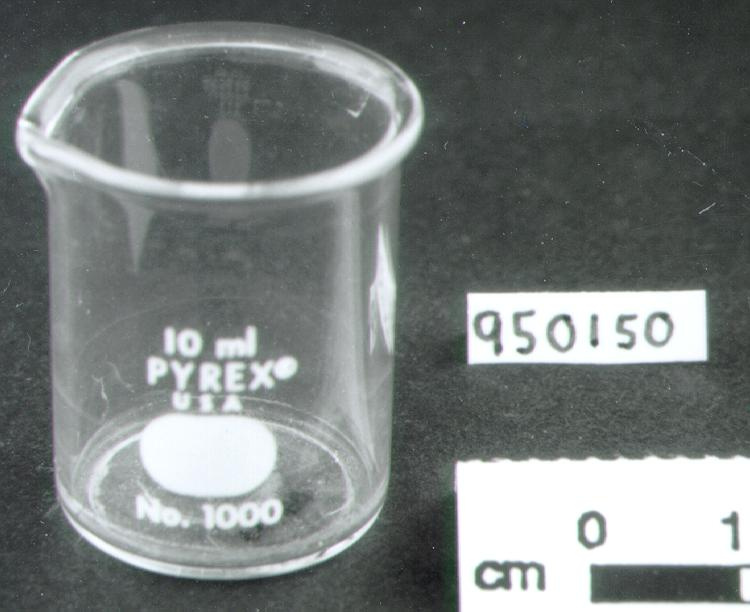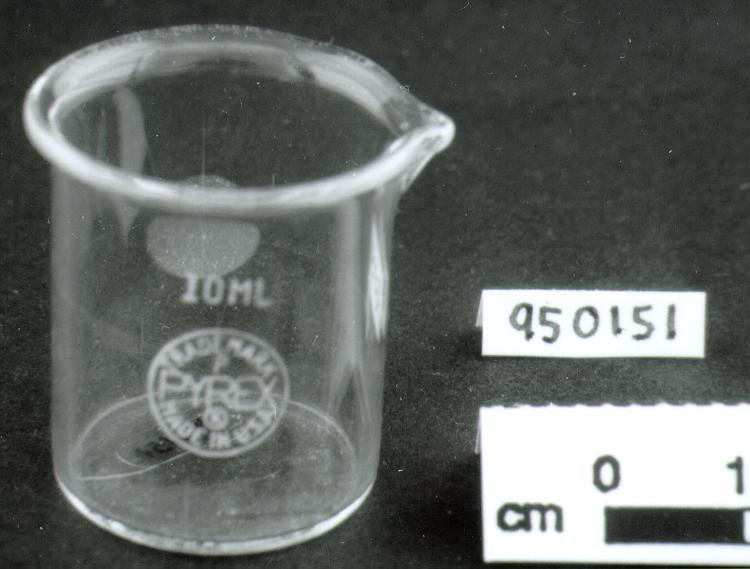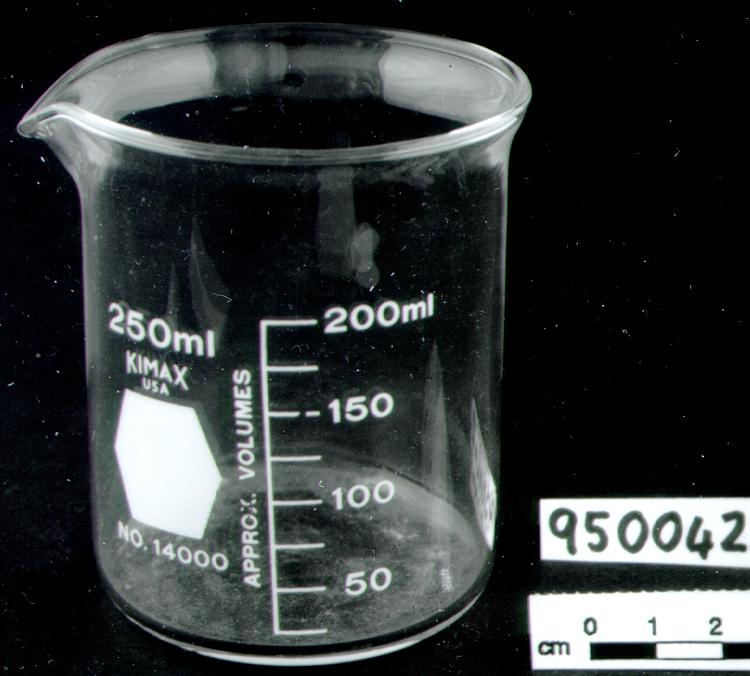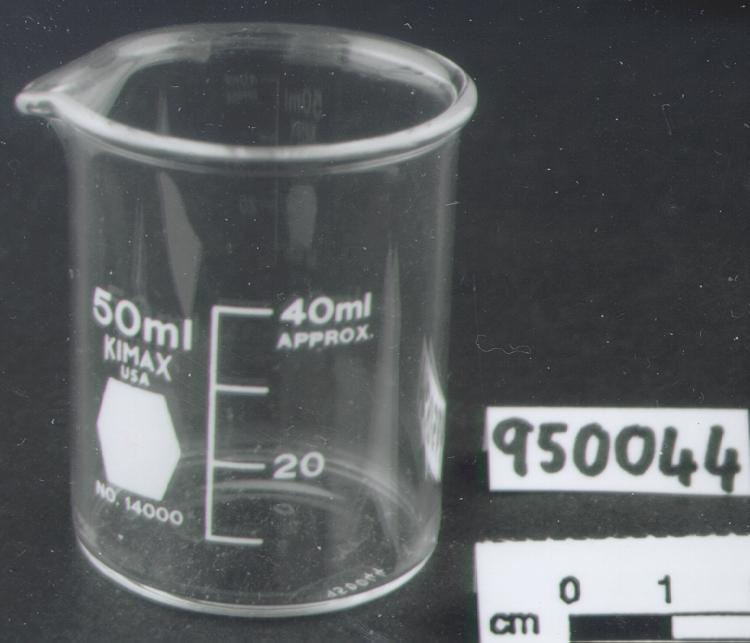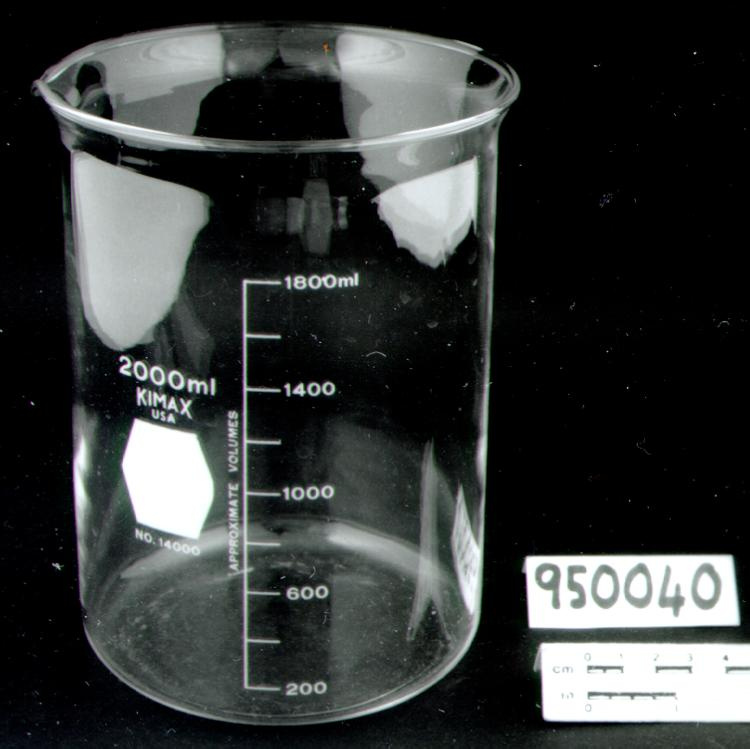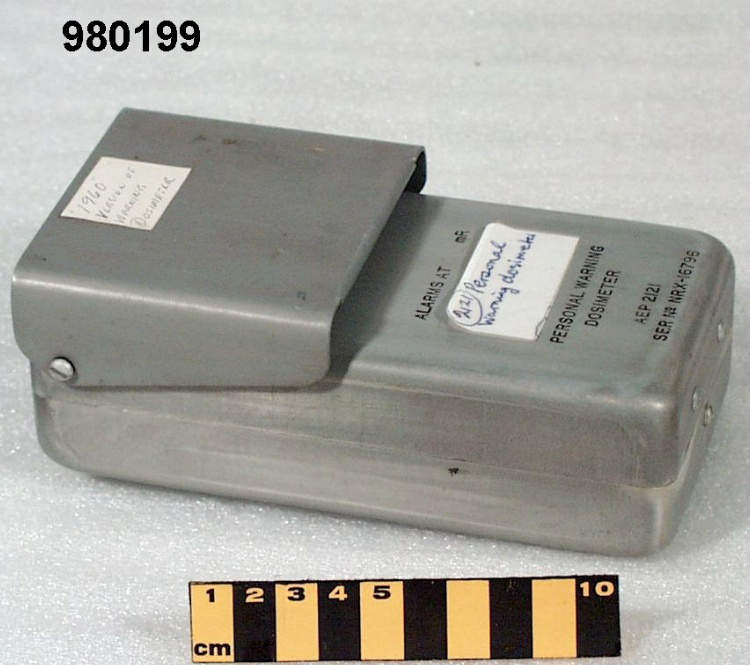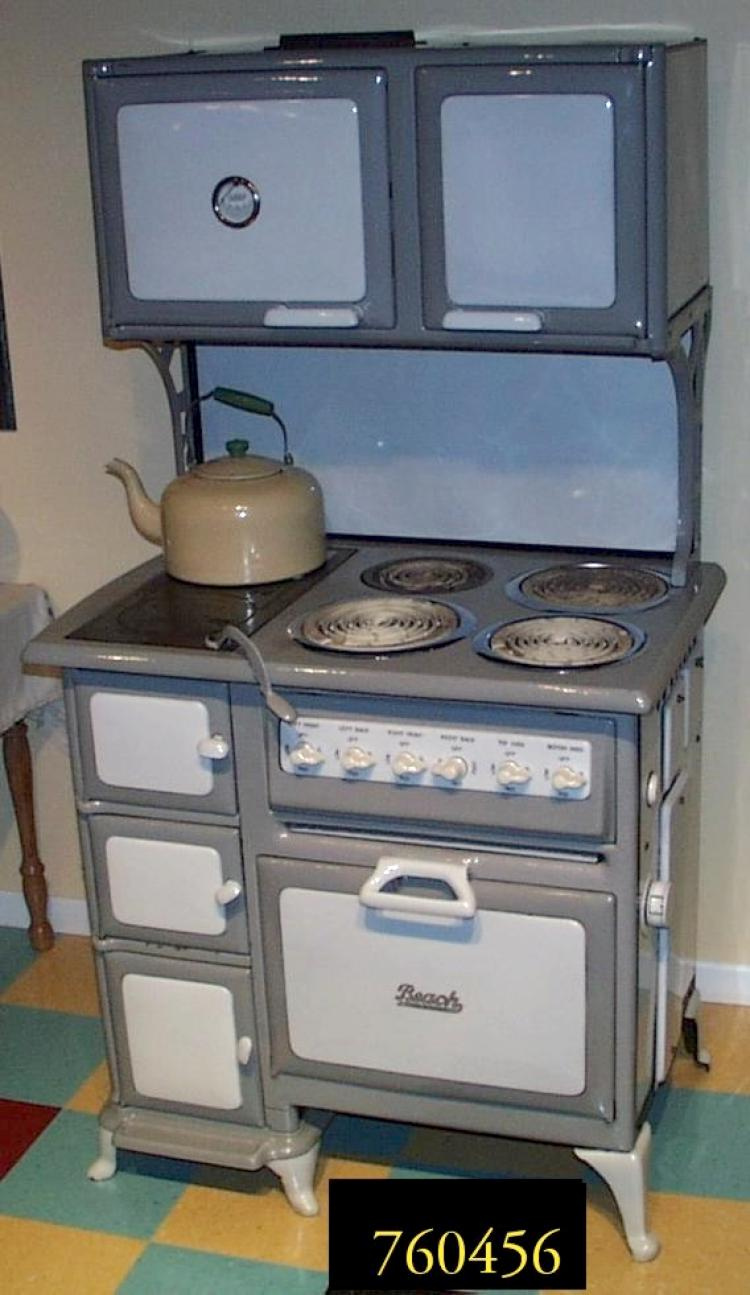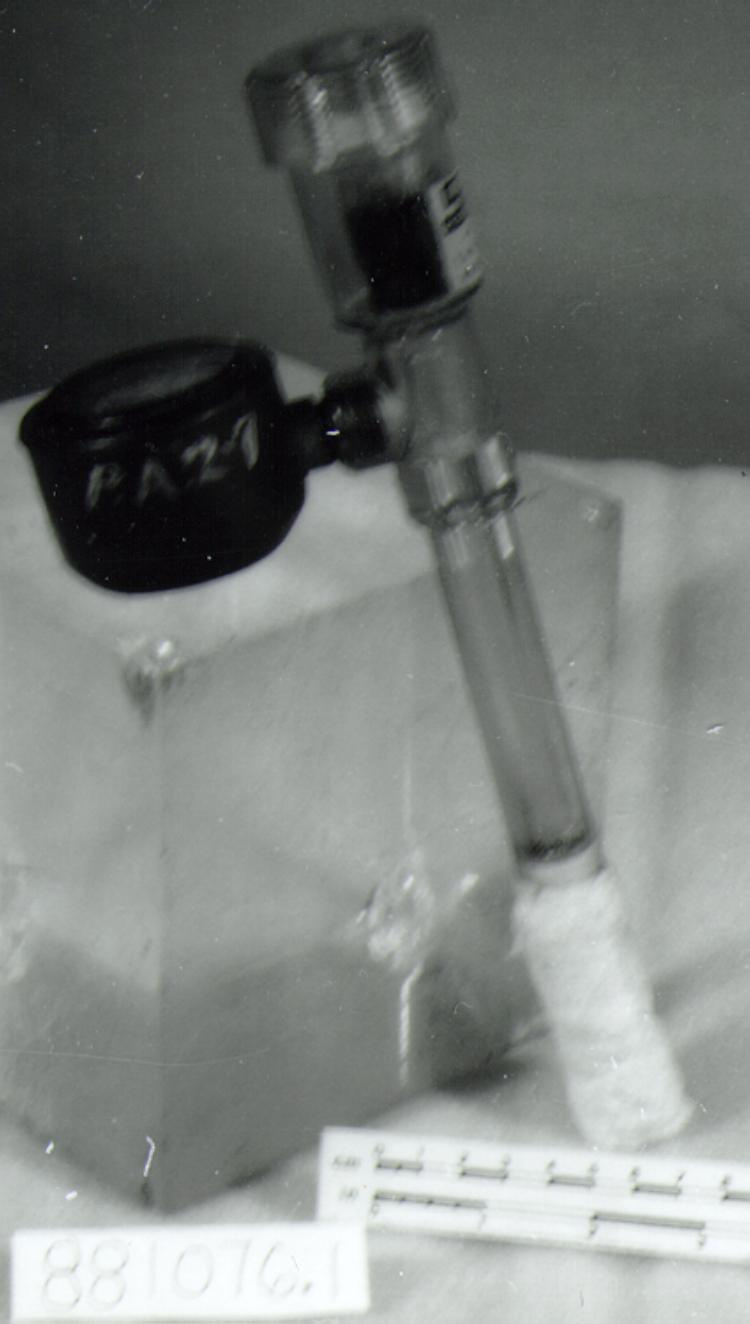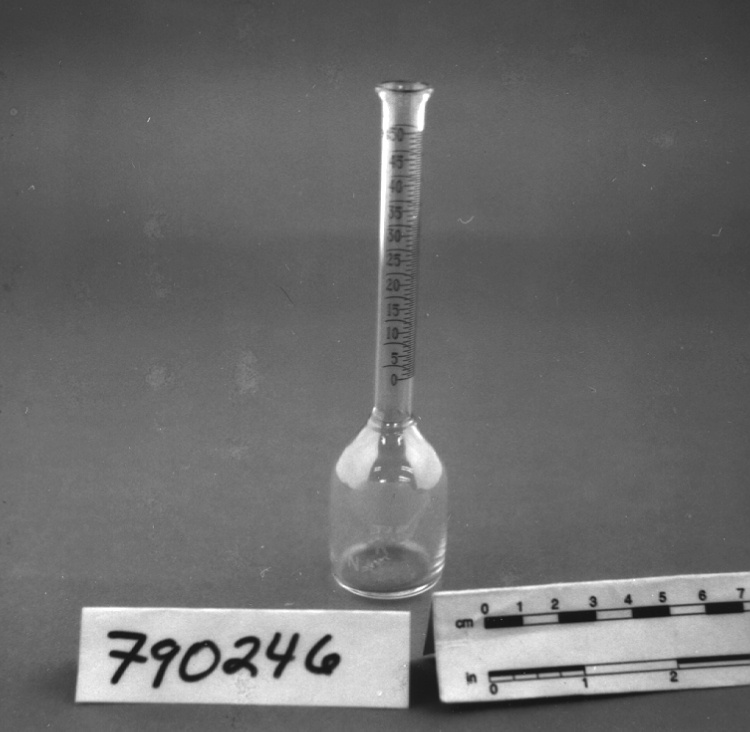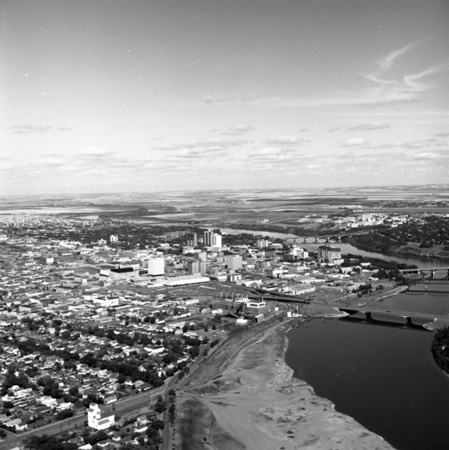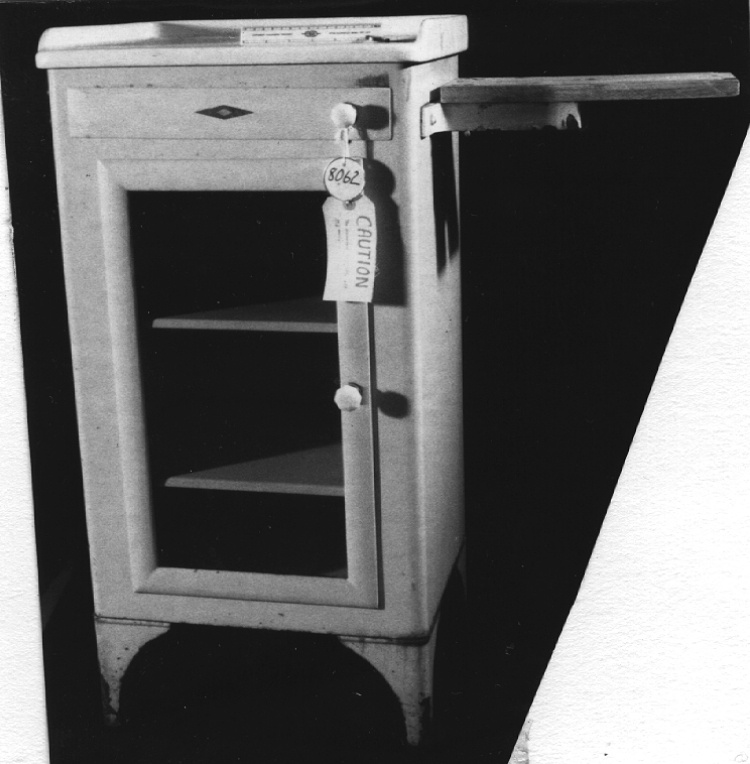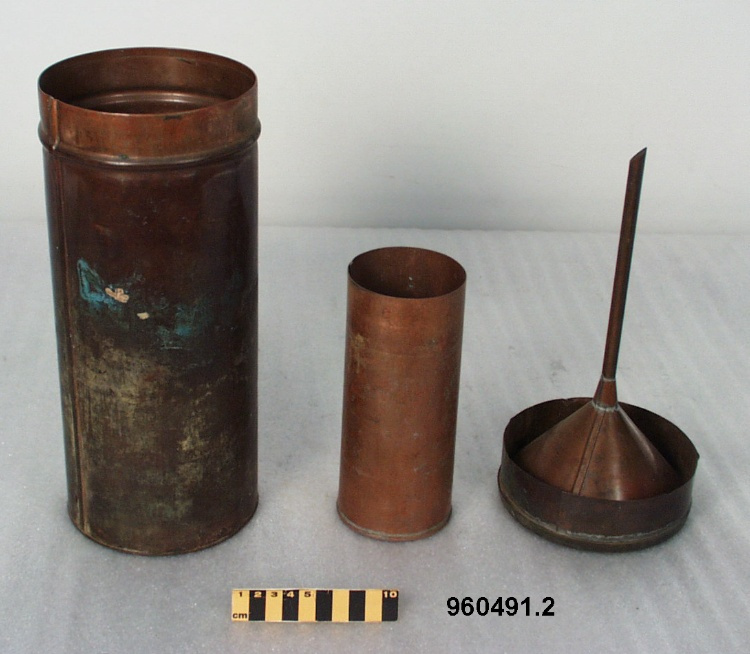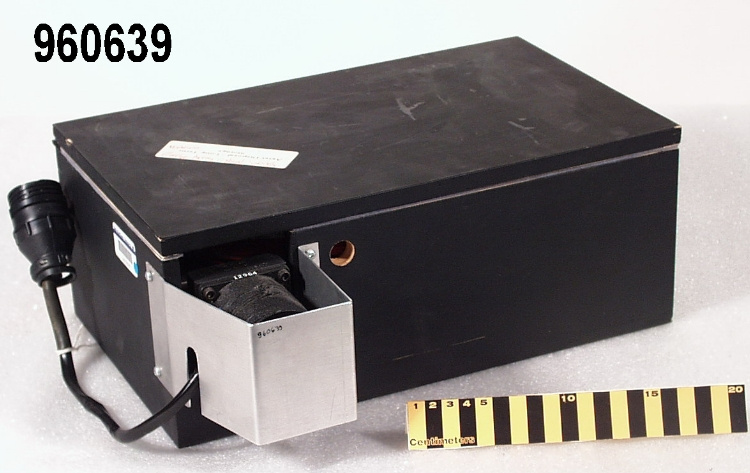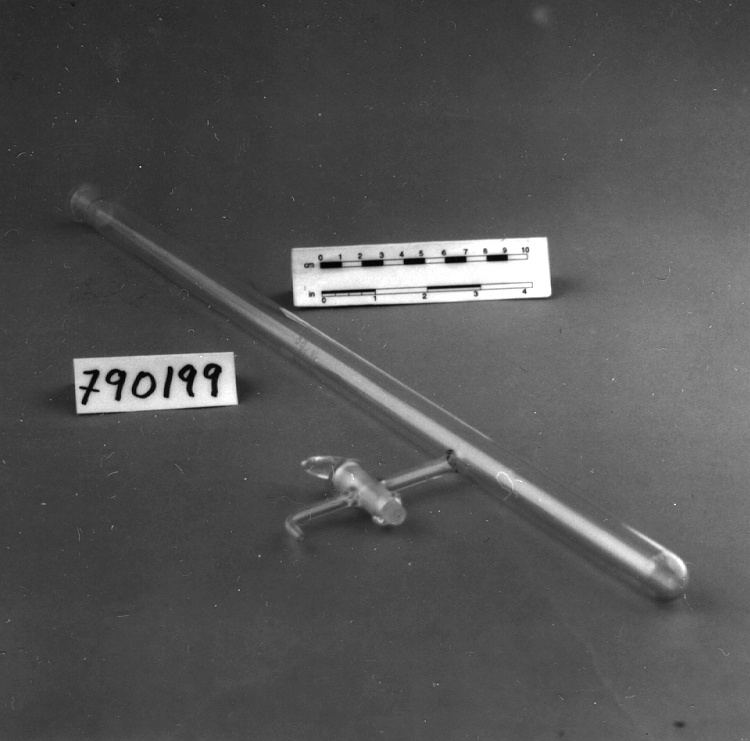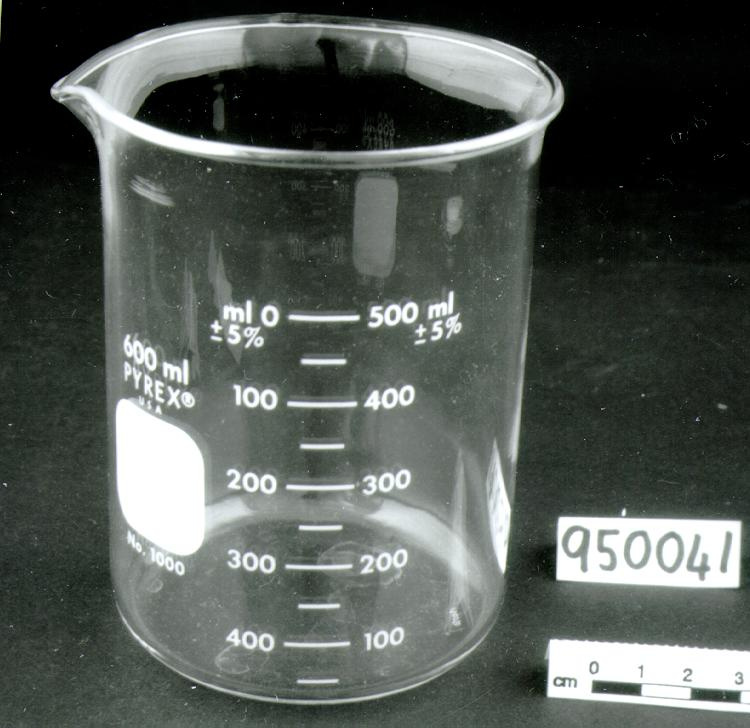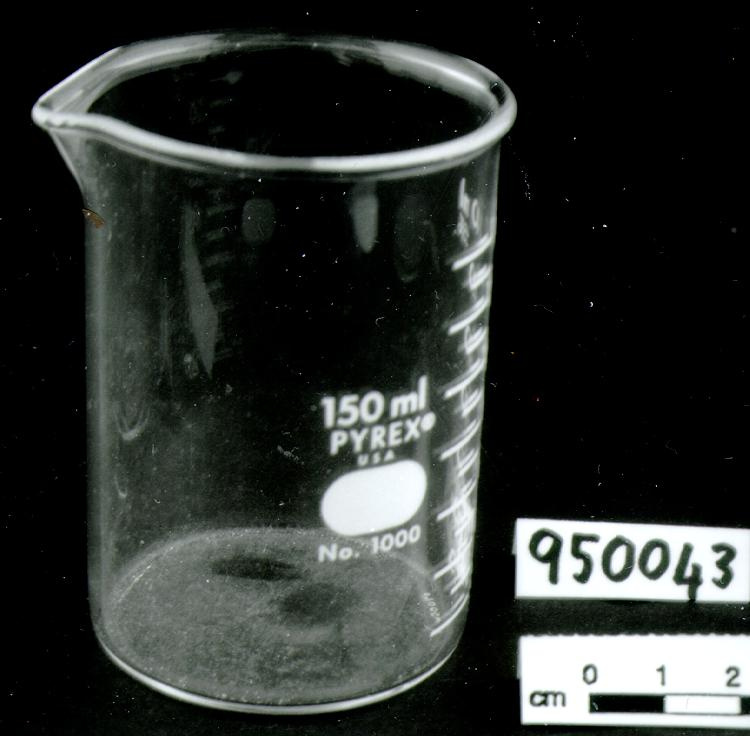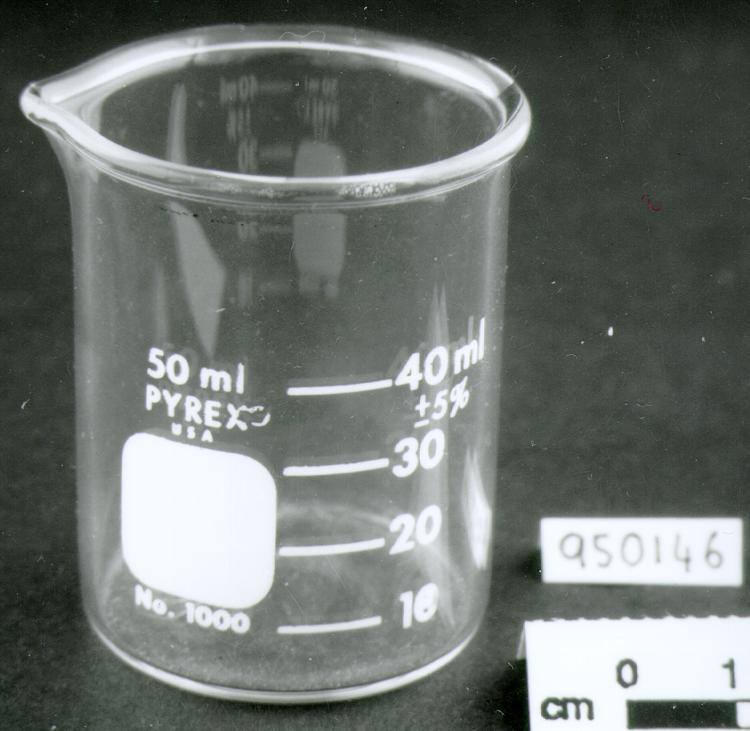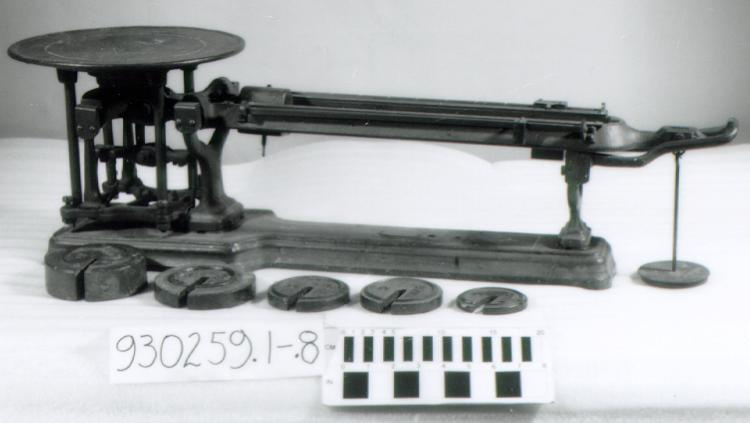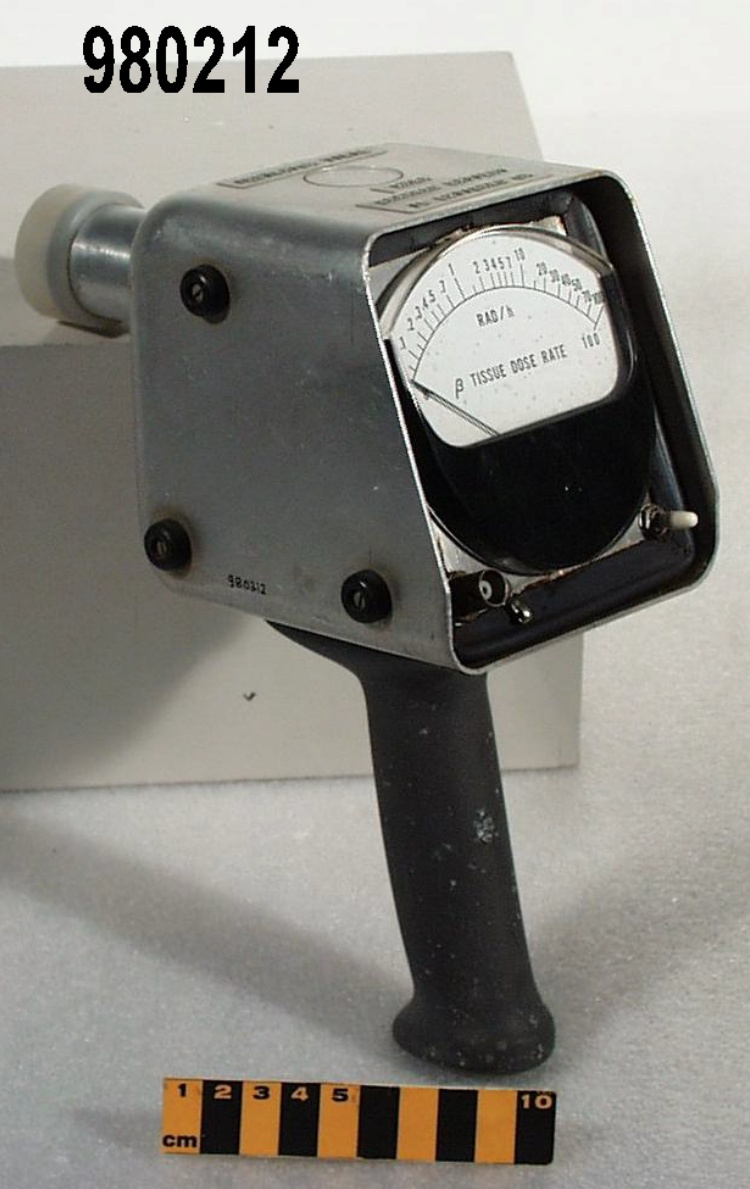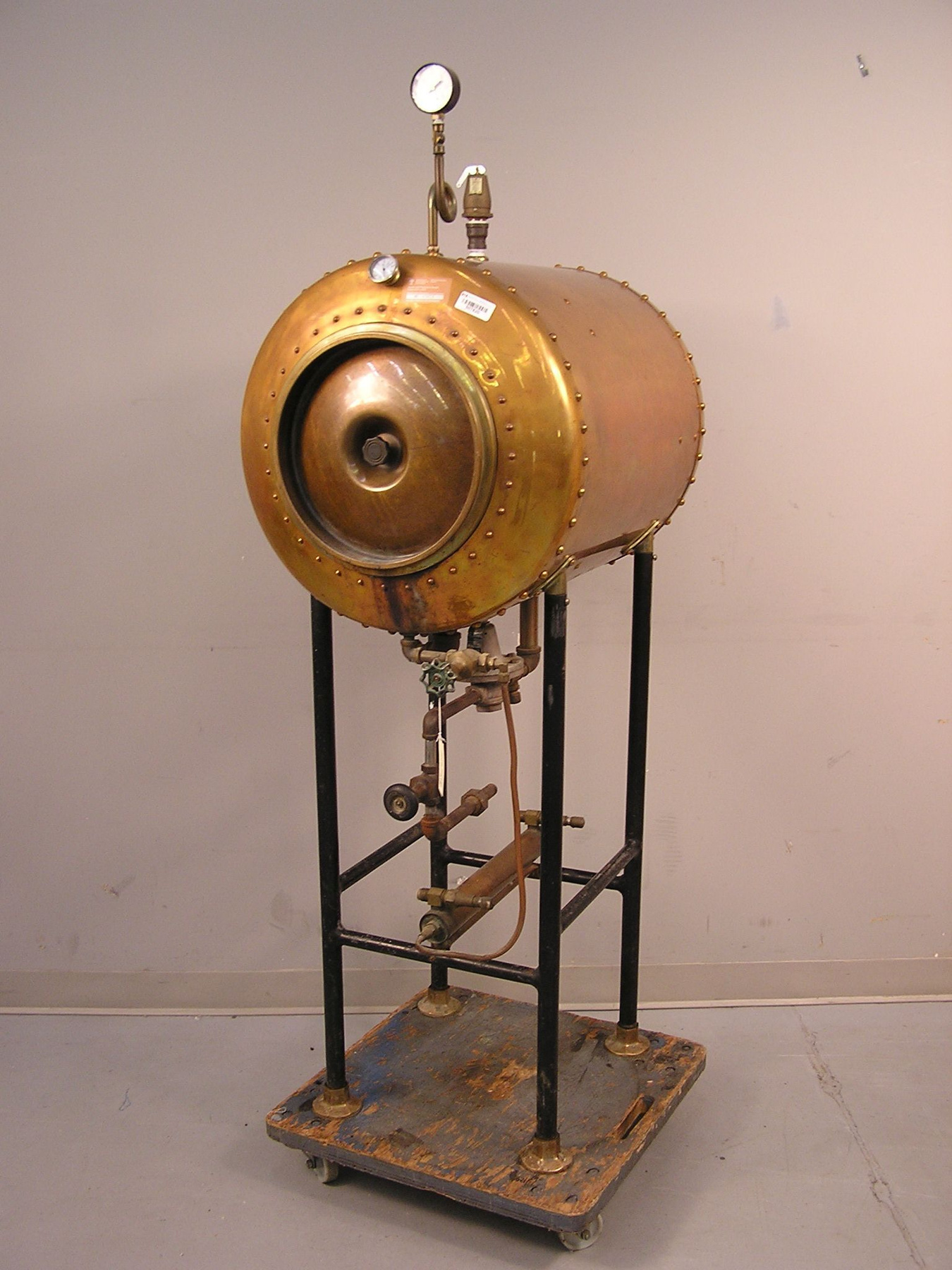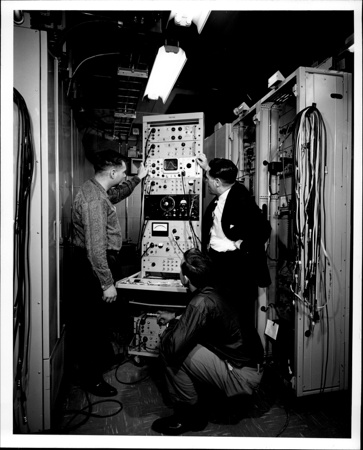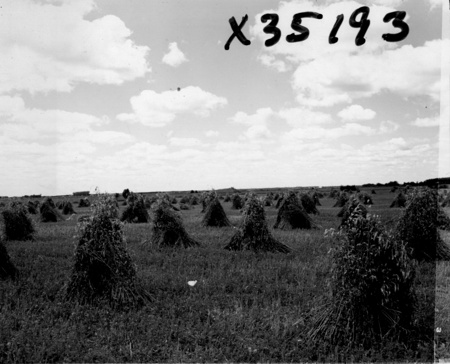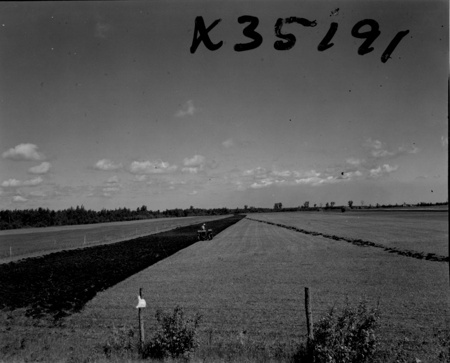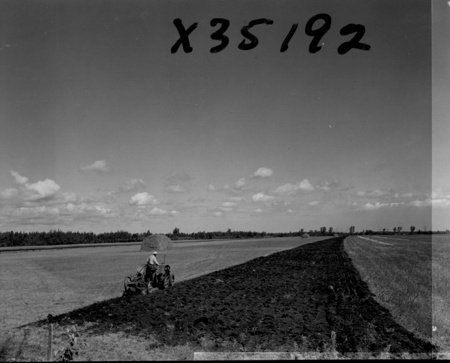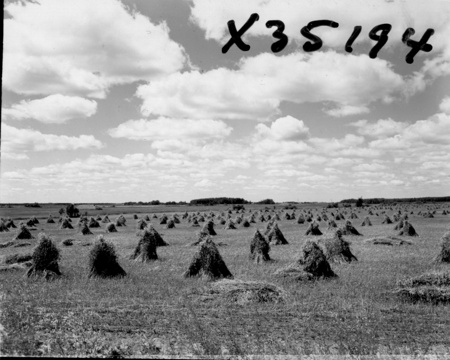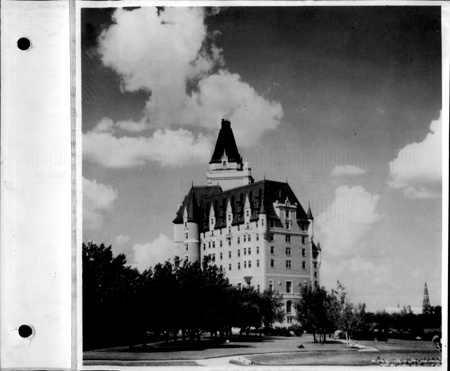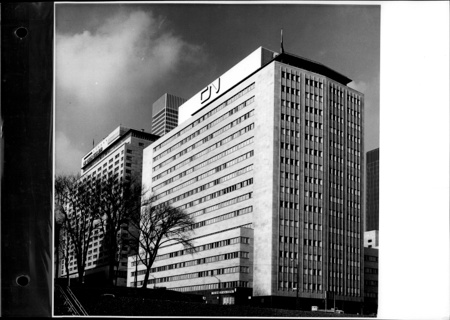Stérilisateur
Utiliser cette image
Puis-je réutiliser cette image sans autorisation? Oui
Les images sur le portail de la collection d’Ingenium ont la licence Creative Commons suivante :
Copyright Ingenium / CC BY-NC-ND (Attribution-NonCommercial 4.0 International (CC BY-NC 4.0)
ATTRIBUER CETTE IMAGE
Ingenium,
2004.0094.001
Permalien:
Ingenium diffuse cette image sous le cadre de licence Creative Commons et encourage son téléchargement et sa réutilisation à des fins non commerciales. Veuillez mentionner Ingenium et citer le numéro de l’artefact.
TÉLÉCHARGER L’IMAGEACHETER CETTE IMAGE
Cette image peut être utilisée gratuitement pour des fins non commerciales.
Pour un usage commercial, veuillez consulter nos frais de reproduction et communiquer avec nous pour acheter l’image.
- TYPE D’OBJET
- FLOOR
- DATE
- 1928
- NUMÉRO DE L’ARTEFACT
- 2004.0094.001
- FABRICANT
- Barnstead
- MODÈLE
- Inconnu
- EMPLACEMENT
- Boston, Massachusetts, United States of America
Plus d’information
Renseignements généraux
- Nº de série
- S/O
- Nº de partie
- 1
- Nombre total de parties
- 3
- Ou
- S/O
- Brevets
- S/O
- Description générale
- copper, brass & other metals; glass faces on gauges; moulded synthetic knob on door
Dimensions
Remarque : Cette information reflète la taille générale pour l’entreposage et ne représente pas nécessairement les véritables dimensions de l’objet.
- Longueur
- 84,0 cm
- Largeur
- 58,0 cm
- Hauteur
- 173,0 cm
- Épaisseur
- S/O
- Poids
- S/O
- Diamètre
- S/O
- Volume
- S/O
Lexique
- Groupe
- Agriculture
- Catégorie
- Recherche
- Sous-catégorie
- S/O
Fabricant
- Ou
- Barnstead
- Pays
- United States of America
- État/province
- Massachusetts
- Ville
- Boston
Contexte
- Pays
- Canada
- État/province
- Saskatchewan
- Période
- Used c. 1928- 1994.
- Canada
-
Dominion Forage Crop laboratory established in Saskatoon in 1932 to develop green crops with a high nutritive value but that were also resistant to pest and climatic conditions common to Canada. It was part of the Plant Pathology laboratory that had opened in Saskatoon in 1919. the DFC Lab also worked closely with the experimental farms in Saskatchewan on a wide variety of green crop projects including undertaking summer fallow research to combat the wireworm infestations that were severely damaging the province's wheat crops. When grass hoppers became a problem in the mid-1930s Forage lab staff worked in collaboration with their colleagues in Entomology to find means to hamper the laying of hopper eggs in the layer of sod that contained the ground cover root system. This sterilizer was used by the Entomology lab but was 'inherited' by the staff of the National Forage Research lab. when it was est'd in 1932. It was used by Cereal, Oilseed, Turf grass and Forage pathologists to sterilize water and media, and to destroy cultures of microorganisms. These materials were used in the cultivation of small test plots or pots of plants in a laboratory. - Fonction
-
Used to kill plant material and/or organisms present in soil and water samples. - Technique
-
Autoclave constructed using butt strap joint technology that was the accepted period method used to build all pressure vessels like steam traction engine boilers. The overlapping edges of metal that form the walls of the autoclave or the barrel of the engine boiler were sealed using rows of rivets applied when still cherry red, and using steam driven metal drop presses. Unlike engine boilers that were made of steel, the shell of this autoclave id manufactured of heavy gauge copper sheet. The autoclave was fitted with a door in one end and could be sealed by turning a knob that operated rods that when fully extended pressed the lip of the door against a gasket wound around a corresponding lip on the end of the autoclave. - Notes sur la région
-
Inconnu
Détails
- Marques
- Decal applied to exterior front reads "[logo] Saskatchewan/ Environment and/ Public Safety/ Mechanical Services/ Branch/ Boiler and Pressure Vessel/ Inspection Label/ Please quote this number on all inquiries/ No. 07072/ DO NOT REMOVE OR DISFIGURE". 2nd decal reads "[Canada word mark symbol] Agriculture and/ Agri-Food Canada/ [bar code] 507820/ AAFC/ AAC943/ (1999/ 09)" in English & French. Temperature gauge face bears scale 160-300, labelled "DEGREES F" and marked in increments of 20. Arrow symbol marked at 248 with text "STERILIZING/ TEMPERATURE", "CENTRAL SCIENTIFIC CO./ CHICAGO, U.S.A." and "TRADE MARK/ CENCO/ REG. U.S. PAT. OFF." 2nd, larger gauge bears scale 0-30, labelled at intervals of 5, and marked "[USG logo]/ U.S. GAUGE/ 10889-1".
- Manque
- Appears complete.
- Fini
- Copper, brass, and other metal finishes. Glass faces on gauges. Moulded synthetic knob on door.
- Décoration
- S/O
FAIRE RÉFÉRENCE À CET OBJET
Si vous souhaitez publier de l’information sur cet objet de collection, veuillez indiquer ce qui suit :
Barnstead, Stérilisateur, 1928, Numéro de l'artefact 2004.0094, Ingenium - Musées des sciences et de l'innovation du Canada, http://collection.ingeniumcanada.org/fr/item/2004.0094.001/
RÉTROACTION
Envoyer une question ou un commentaire sur cet artefact.
Plus comme ceci
